You spend a significant amount of time in your home. The quality of the air you breathe indoors directly impacts your health and well-being. Modern homes often seal in pollutants from furniture, cleaning products, and everyday activities. These airborne toxins contribute to issues ranging from minor irritations to more serious health concerns over time. Fortunately, a simple, beautiful solution exists: air purifying plants.
Embrace the power of nature to transform your living space. Introducing the right indoor plants improves your indoor air quality, making your home a healthier, more refreshing environment. This guide provides practical, actionable insights for choosing and caring for the best indoor plants, even in the smallest spaces and with minimal effort. You will discover how to select plants that thrive in your home and actively clean your air, turning your compact apartment into a vibrant, breathable oasis. These plants offer a low-effort routine and realistic light solutions, making them ideal for any plant enthusiast, from beginner to intermediate. Learn how to cultivate a healthier home environment with ease and confidence.
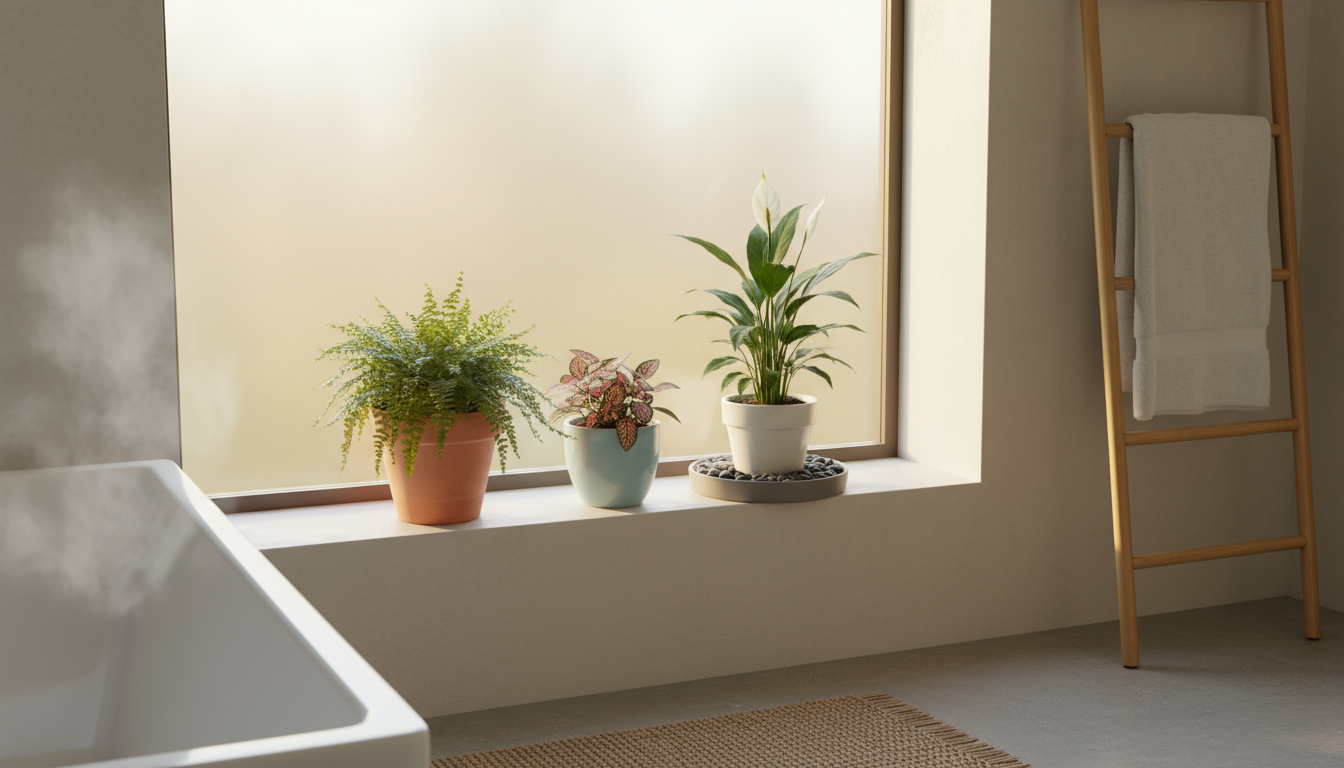
Understanding Indoor Air Quality: Why Plants Matter
Your home’s indoor air can contain various pollutants, often at higher concentrations than outdoor air. The Environmental Protection Agency (EPA) notes that indoor air pollutant levels can be 2 to 5 times higher than outdoor levels, and sometimes even greater. These pollutants, known as Volatile Organic Compounds (VOCs), off-gas from everyday items. Common sources include:
- Furniture and carpeting: Formaldehyde, benzene, and trichloroethylene.
- Cleaning products: Ammonia, phthalates, and formaldehyde.
- Paints and finishes: VOCs like xylene and toluene.
- Adhesives and sealants: Various harmful compounds.
- Cooking fumes and combustion: Carbon monoxide, nitrogen dioxide.
- Building materials: Asbestos, lead (in older homes).
Exposure to these VOCs leads to what many call “sick building syndrome,” causing symptoms such as headaches, fatigue, dizziness, and respiratory irritation. Long-term exposure contributes to more serious health issues. Improving indoor air quality becomes a critical step for your health and the comfort of your home. You can take proactive steps to mitigate these risks and create a healthier living environment.
While proper ventilation and reducing pollutant sources remain important, air purifying plants offer a natural, aesthetically pleasing, and effective complementary solution. These plants actively work to remove many of these harmful compounds from the air, enhancing your indoor environment without requiring complex systems or significant effort. They integrate seamlessly into small spaces, providing tangible health benefits while adding natural beauty to your compact home. By selecting the right air purifying plants, you empower your home with nature’s own filtration system.
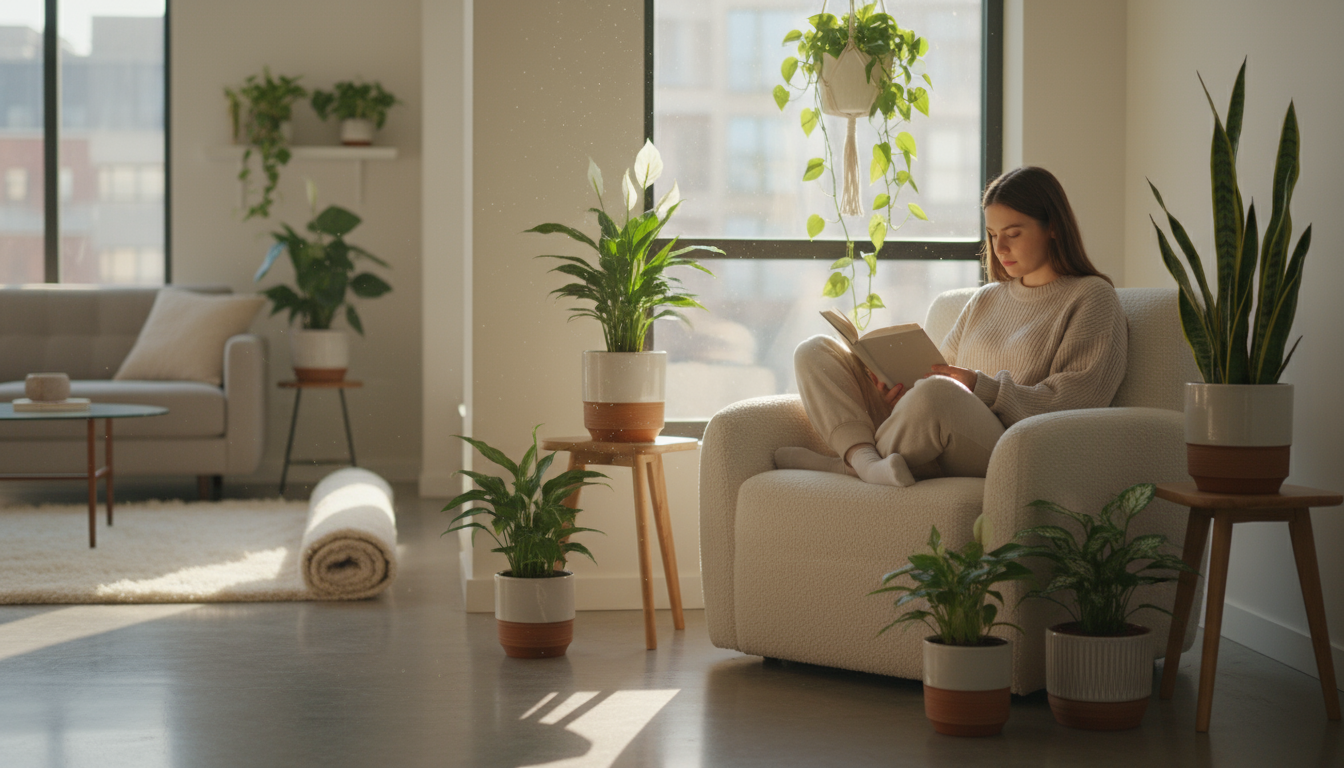
How Houseplants Naturally Clean Your Air
The concept of plants purifying air gained significant attention from NASA’s Clean Air Study in 1989. This groundbreaking research investigated ways to purify air in space stations, uncovering specific plants’ abilities to remove toxins like formaldehyde, benzene, and trichloroethylene from sealed environments. While a single plant cannot purify an entire house instantly, a collection of plants significantly contributes to improved indoor air quality. Their actions involve several key processes:
- Absorption through Leaves: Plants take in gases through small pores on their leaves called stomata. They absorb carbon dioxide for photosynthesis, but they also draw in airborne chemical vapors. Once inside the leaf, these compounds break down and transform into nutrients for the plant.
- Root Zone Microbes: The soil surrounding the plant roots contains beneficial microorganisms. These microbes play a crucial role in breaking down and metabolizing toxins that the plant absorbs through its leaves and transfers to its roots, or that settle into the soil. You provide a living ecosystem that actively cleanses your air.
- Transpiration: Plants release water vapor into the air, a process called transpiration. This action slightly increases indoor humidity, which helps alleviate dry air and can be beneficial for respiratory health. The movement of air through the plant also helps pull contaminated air towards the leaves and soil.
You essentially create a mini biofilter in your home. This natural filtration system works continuously, requiring only basic plant care from you. The more plants you incorporate into your space, the more robust this natural air purification becomes. Even a small collection of the best indoor plants makes a noticeable difference in your overall indoor air quality, contributing to a fresher, more vibrant living space. For more information on plant science, you can explore resources from institutions like the Brooklyn Botanic Garden.
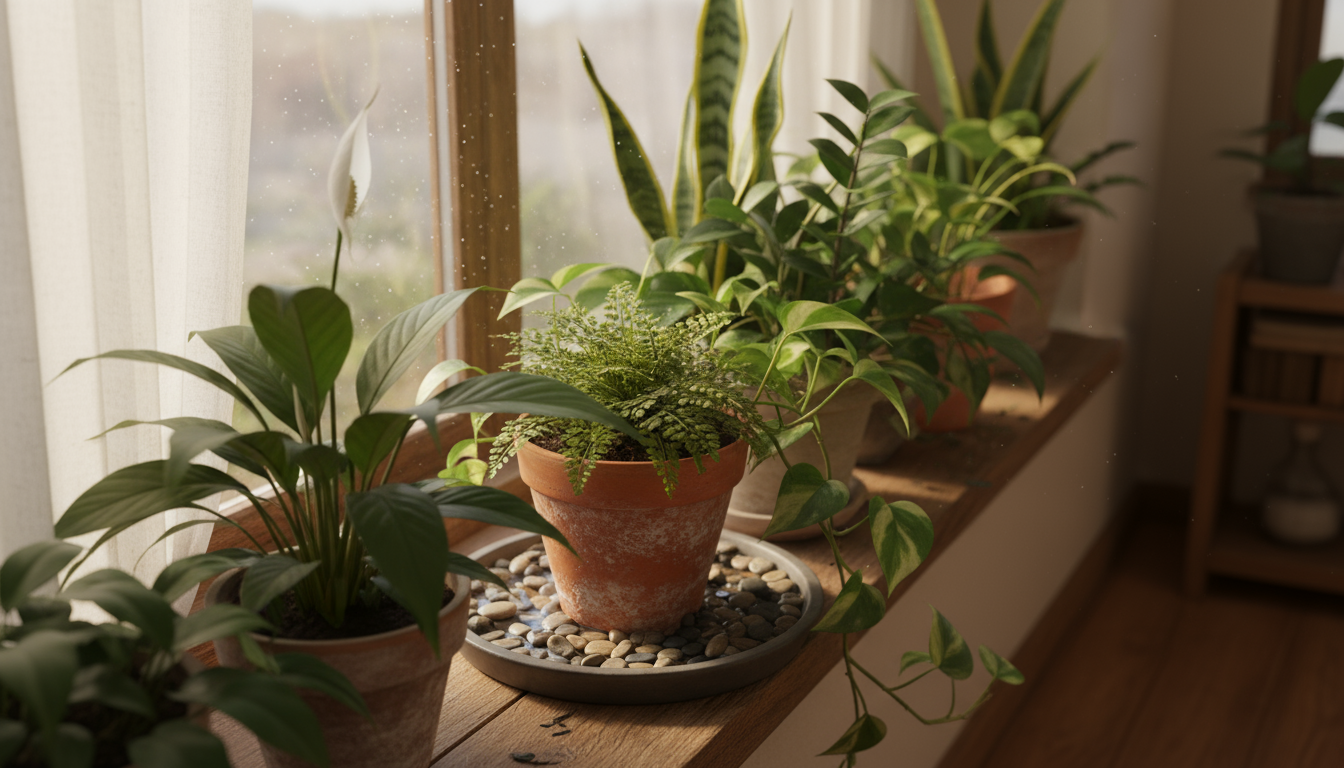
Top Air-Purifying Plants for Small Spaces
When selecting air purifying plants, you need options that are both effective at cleaning the air and suitable for small-space, low-maintenance living. The following plants offer significant benefits without demanding excessive care or space, making them ideal companions for apartments and compact homes. These are some of the best indoor plants for improving your indoor air quality.
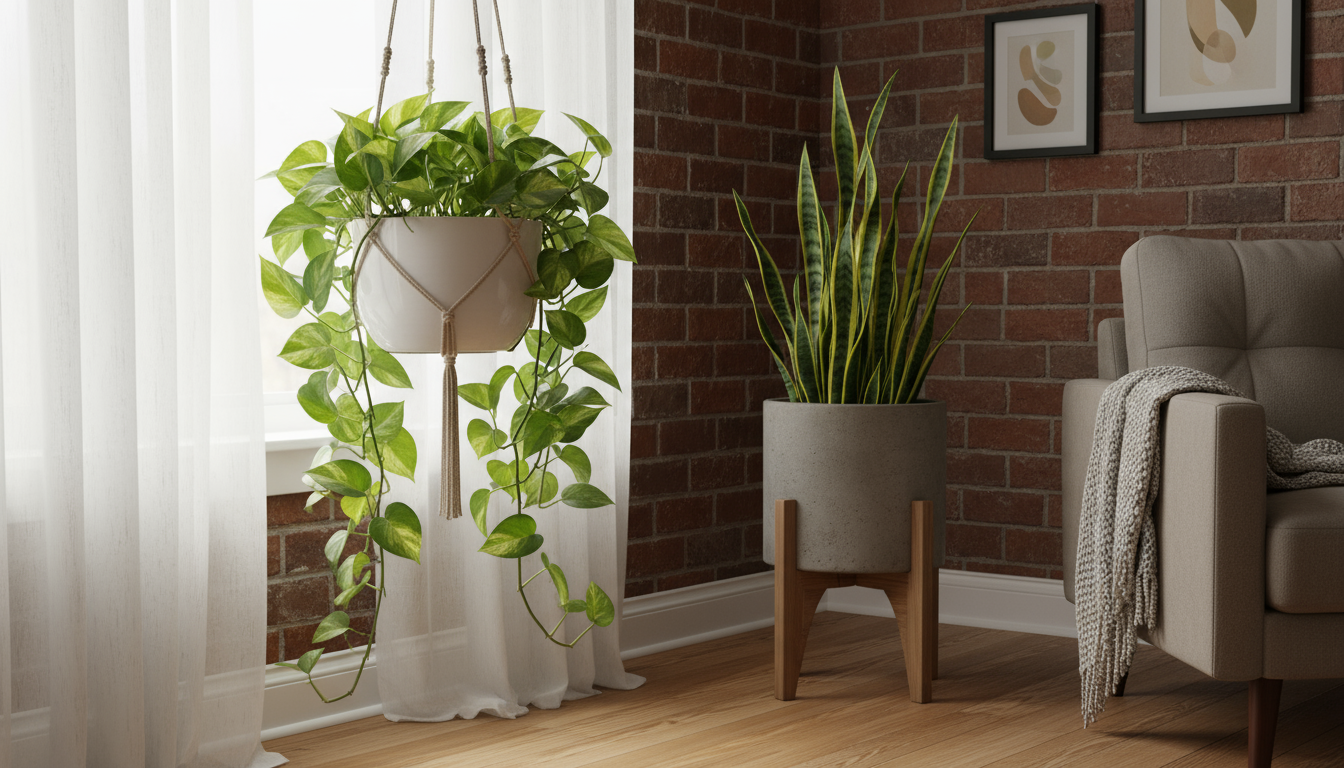
Snake Plant (Sansevieria trifasciata)
- Air-Purifying Power: Excellent at removing formaldehyde, benzene, trichloroethylene, xylene, and toluene. Unique for releasing oxygen and absorbing carbon dioxide at night, making it ideal for bedrooms.
- Light Needs: Extremely adaptable. Thrives in low light conditions, tolerates medium light, and even bright indirect light. Avoid direct scorching sun.
- Watering: Water sparingly. Allow the soil to dry out completely between waterings, often every 2-4 weeks. Overwatering causes root rot.
- Space & Maintenance: Upright growth habit makes it perfect for tight corners. Requires minimal care, an excellent choice for beginners.
- Potting: Prefers well-draining soil. Repot only when root-bound, usually every 2-5 years.
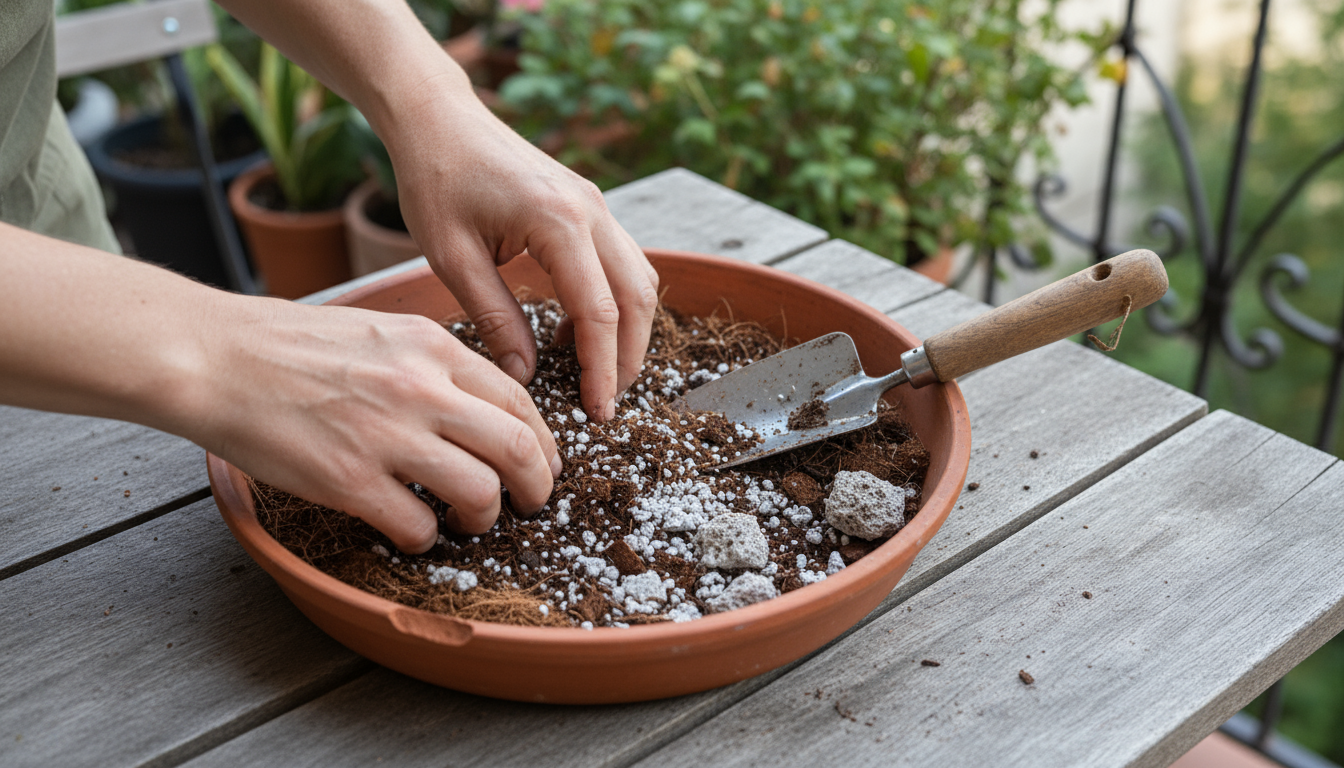
Pothos (Epipremnum aureum)
- Air-Purifying Power: Known for removing formaldehyde, benzene, xylene, and carbon monoxide.
- Light Needs: Tolerates low light but thrives in medium to bright indirect light. Variegated varieties need brighter light to maintain their patterns.
- Watering: Water when the top inch or two of soil feels dry. Allow water to drain completely.
- Space & Maintenance: Trailing vines look fantastic on shelves, in hanging baskets, or trained to climb. Extremely forgiving and easy to propagate.
- Potting: Uses standard potting mix. Repot when roots start to emerge from drainage holes.
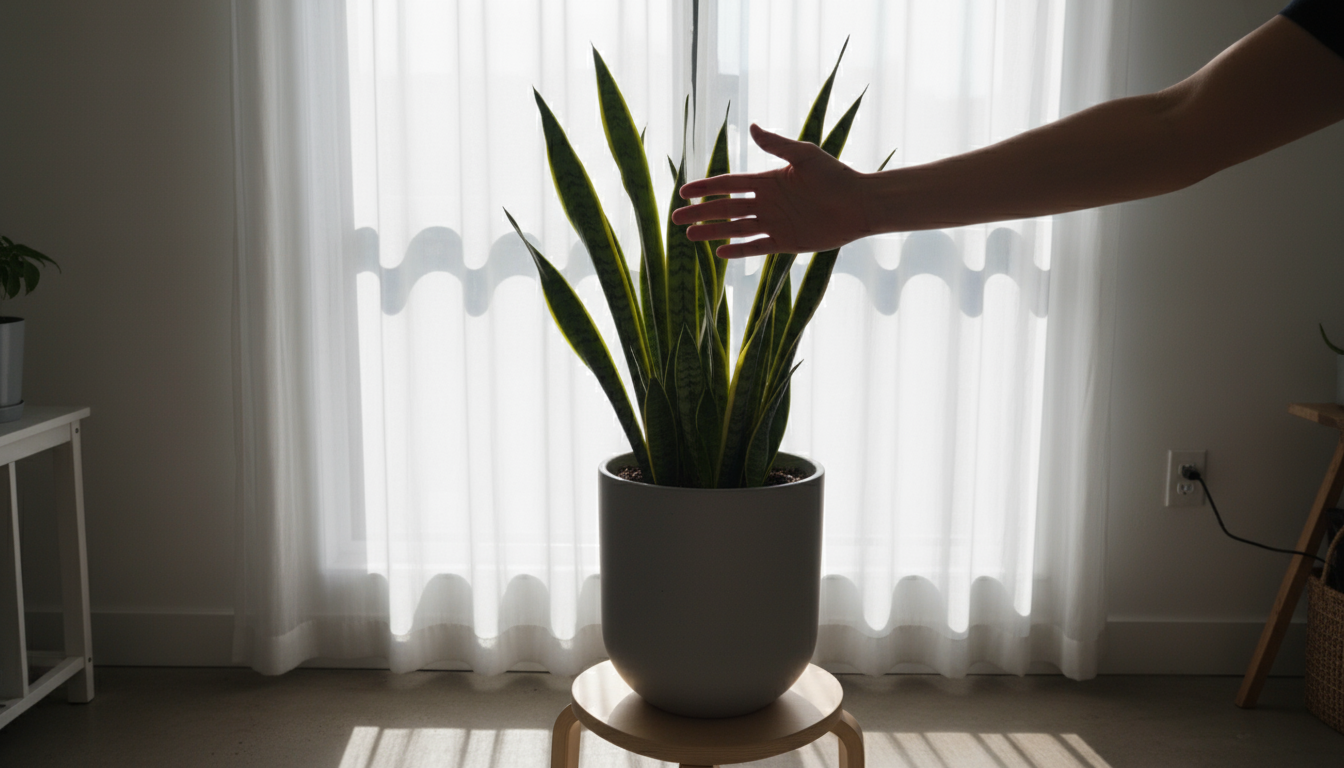
ZZ Plant (Zamioculcas zamiifolia)
- Air-Purifying Power: Effective at removing xylene, toluene, and benzene.
- Light Needs: Unparalleled tolerance for very low light conditions. Also performs well in medium to bright indirect light.
- Watering: Infrequent watering. Let the soil dry out completely, then wait a few more days before watering again. Its rhizomes store water. This plant tolerates drought exceptionally well.
- Space & Maintenance: Upright, architectural form. Incredibly low maintenance, making it perfect for busy individuals or those who travel.
- Potting: Requires well-draining soil. Seldom needs repotting.
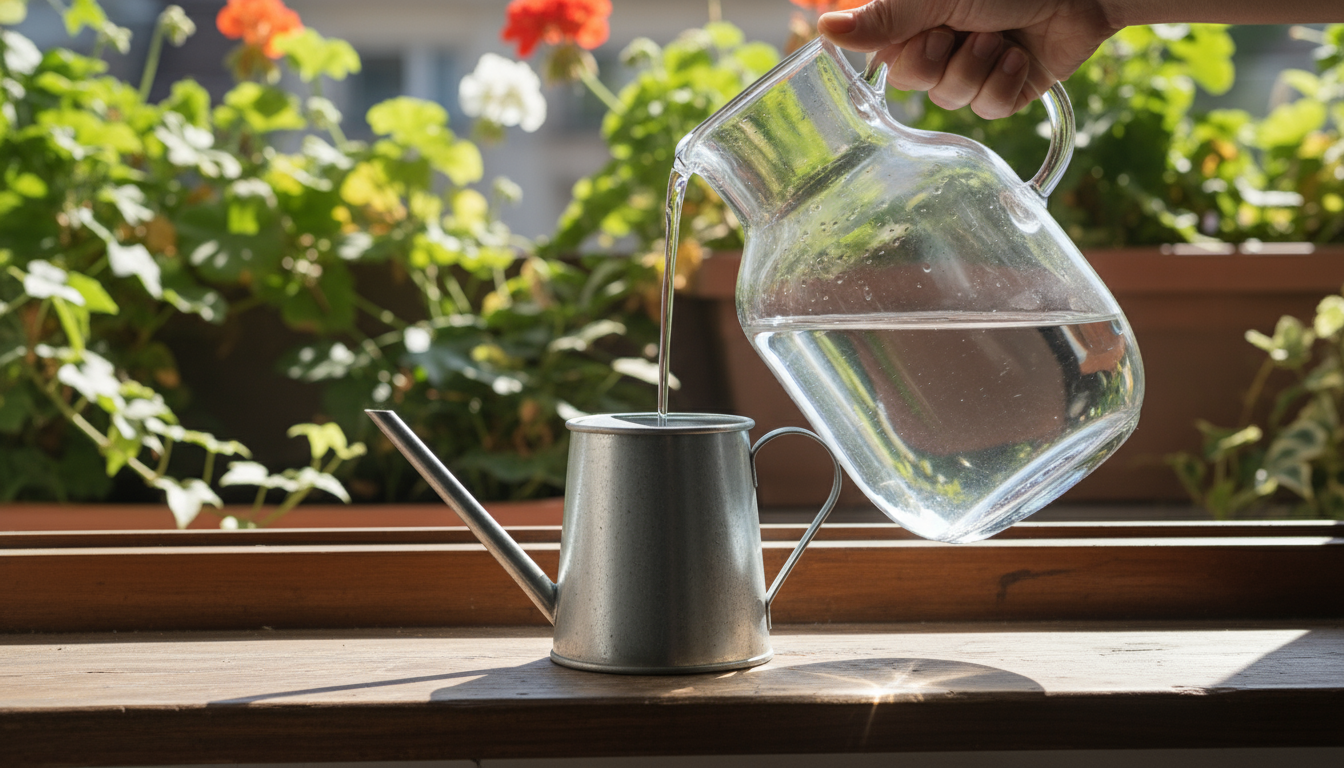
Spider Plant (Chlorophytum comosum)
- Air-Purifying Power: One of the most effective at removing formaldehyde, xylene, and carbon monoxide. Produces “spiderettes” that are easy to propagate.
- Light Needs: Prefers bright indirect light. Tolerates some lower light, but growth may slow.
- Watering: Water when the top inch of soil feels dry. Keep consistently moist but not waterlogged.
- Space & Maintenance: Ideal for hanging baskets or shelves, with a graceful, arching habit. Generally pest-resistant and easy to care for.
- Potting: Thrives in standard potting mix. Repot when roots fill the pot.
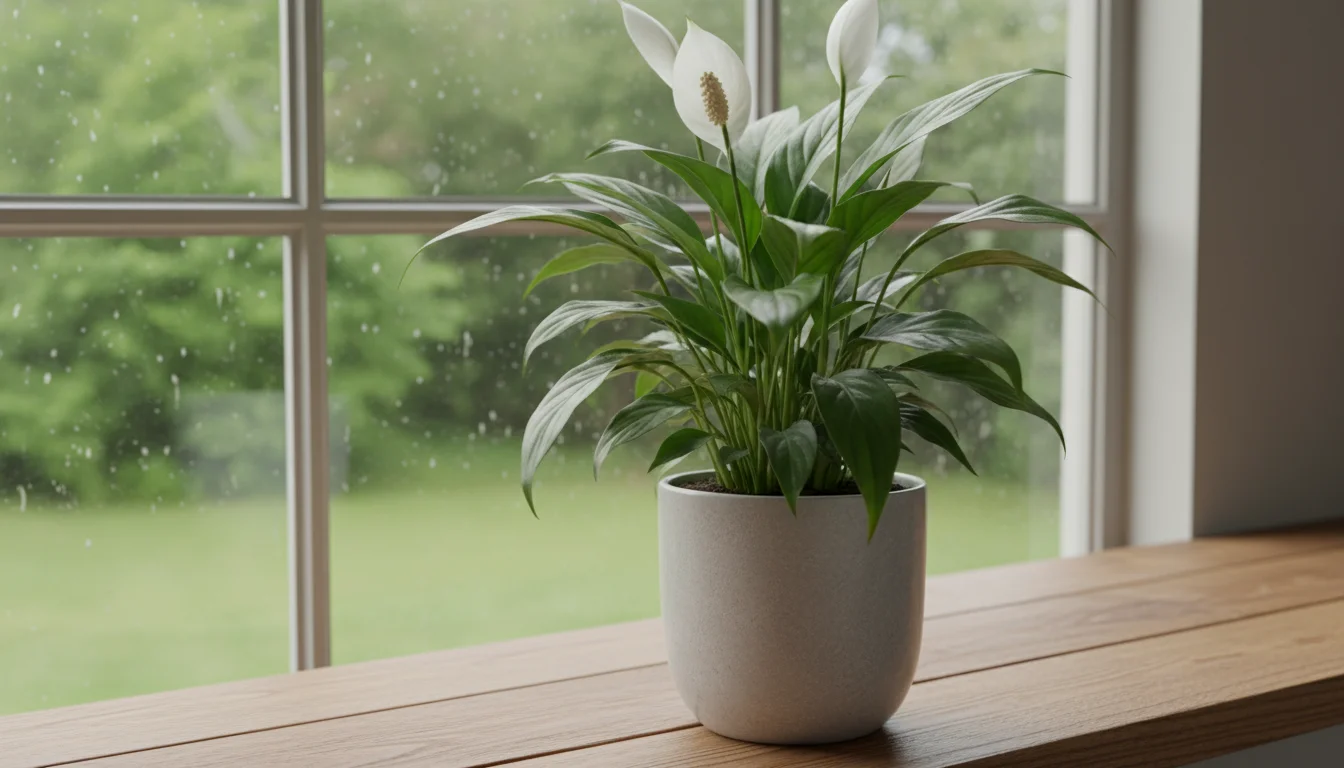
Peace Lily (Spathiphyllum)
- Air-Purifying Power: Excellent for removing formaldehyde, benzene, trichloroethylene, and ammonia. Its beautiful white “flowers” (modified leaves) add elegance.
- Light Needs: Prefers medium to low indirect light. Direct sun scorches its leaves. It tells you when it is thirsty by drooping dramatically.
- Watering: Water thoroughly when the top inch of soil is dry. Peace lilies appreciate consistent moisture.
- Space & Maintenance: Compact growth, suitable for tabletops or floor placement in smaller pots. Relatively low maintenance.
- Potting: Requires well-draining soil. Repot when root-bound, typically annually or every two years.
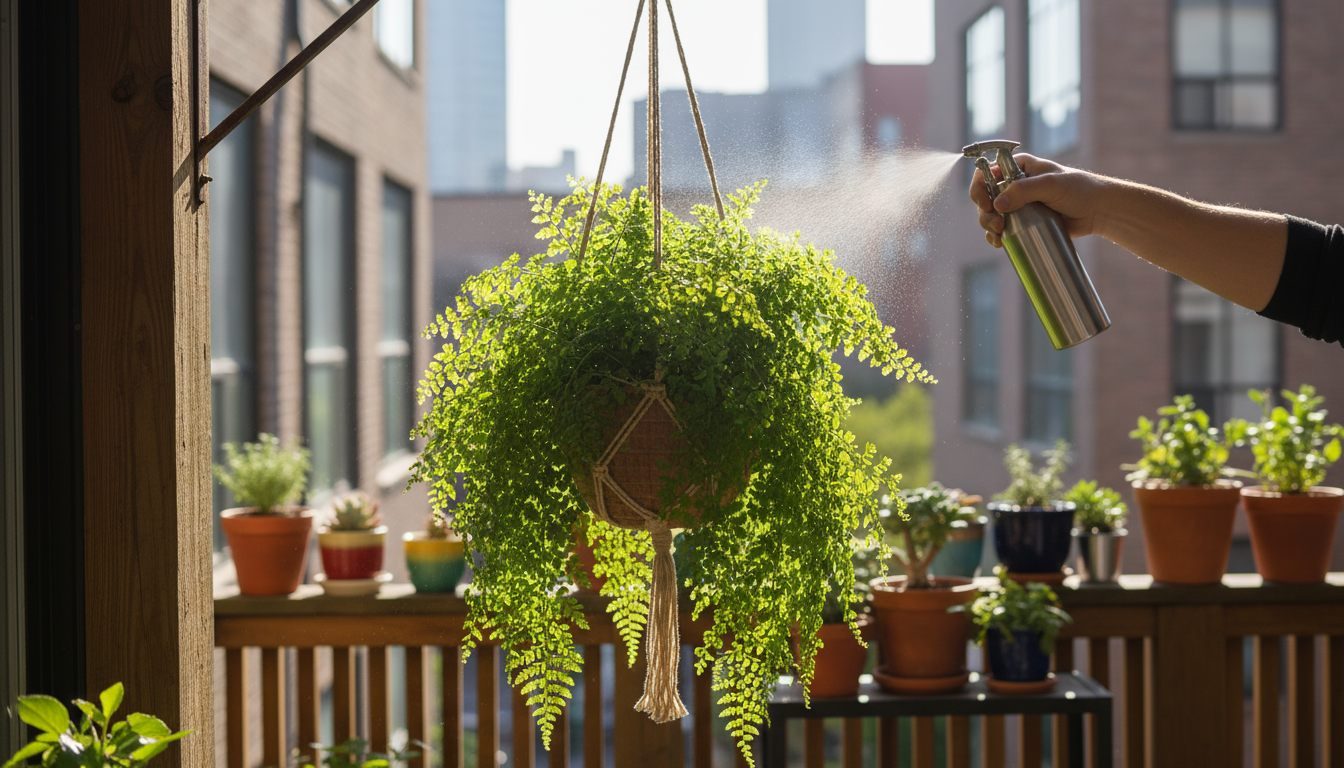
Boston Fern (Nephrolepis exaltata)
- Air-Purifying Power: Highly effective at removing formaldehyde and xylene. Also a great natural humidifier.
- Light Needs: Prefers bright indirect light. Avoid direct sun.
- Watering: Keep the soil consistently moist but not soggy. Do not allow it to dry out completely.
- Space & Maintenance: Lush, cascading fronds make it ideal for hanging baskets or pedestals. Requires higher humidity and more consistent watering than some other choices.
- Potting: Use a rich, peat-based potting mix. Repot when root-bound.
These selections represent some of the most effective and easiest-to-care-for air purifying plants available. You can enjoy cleaner indoor air without significant effort or space commitment.
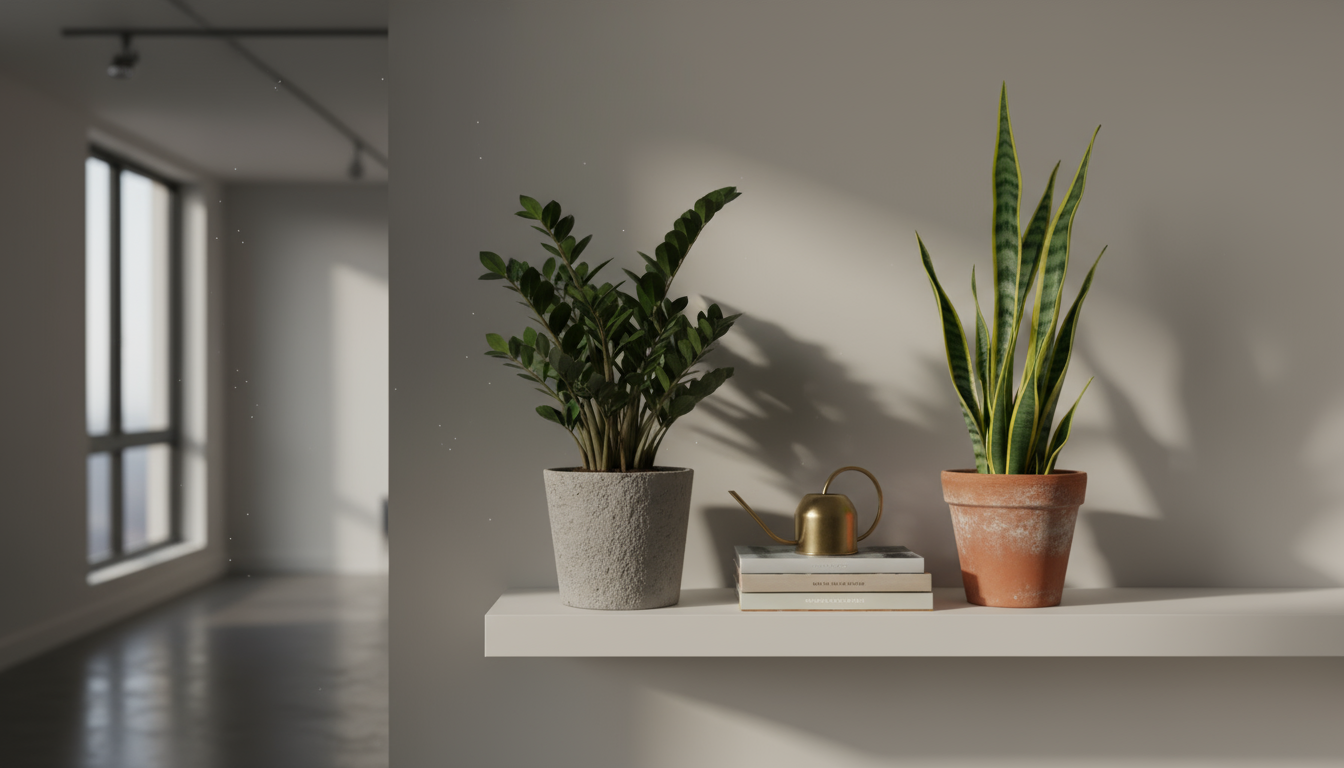
Optimizing Light for Your Air-Purifying Plants
Light is the single most critical factor for your plant’s health and its ability to purify air. Understanding your home’s light conditions and matching them to your plant’s needs ensures its vitality. You can classify light into a few simple categories:
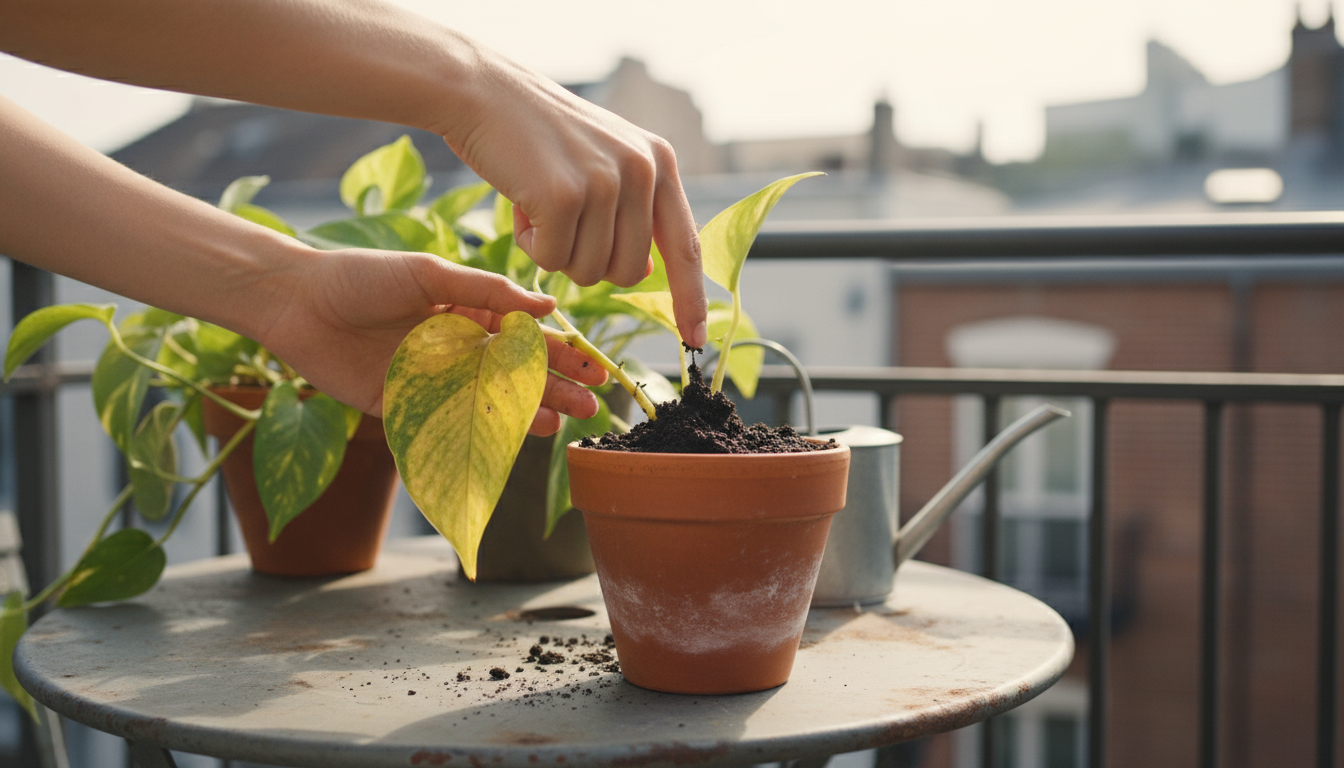
Light Made Simple
- Low Light: An area far from a window, or a north-facing window. Plants here receive very little direct sun, if any. Think of a corner across the room from a window. Plants like ZZ plants, Snake Plants, and Cast Iron Plants tolerate these conditions.
- Medium Light: An area near an east-facing window, or a few feet back from a south or west-facing window. The sun does not directly hit the leaves for prolonged periods. This light provides consistent brightness without intense direct exposure. Pothos and Peace Lilies thrive here.
- Bright Indirect Light: This is often the ideal for many houseplants. It means near a bright window (south or west-facing) but with a sheer curtain diffusing the light, or slightly set back from the window so the sun’s rays do not directly hit the leaves. It provides plenty of brightness without the risk of scorching. Spider Plants and Boston Ferns love this.
- Direct Light: An unobstructed south or west-facing window where the sun directly hits the plant for several hours a day. Few houseplants prefer this, but succulents and cacti thrive here. Most air purifying plants burn in direct sun.
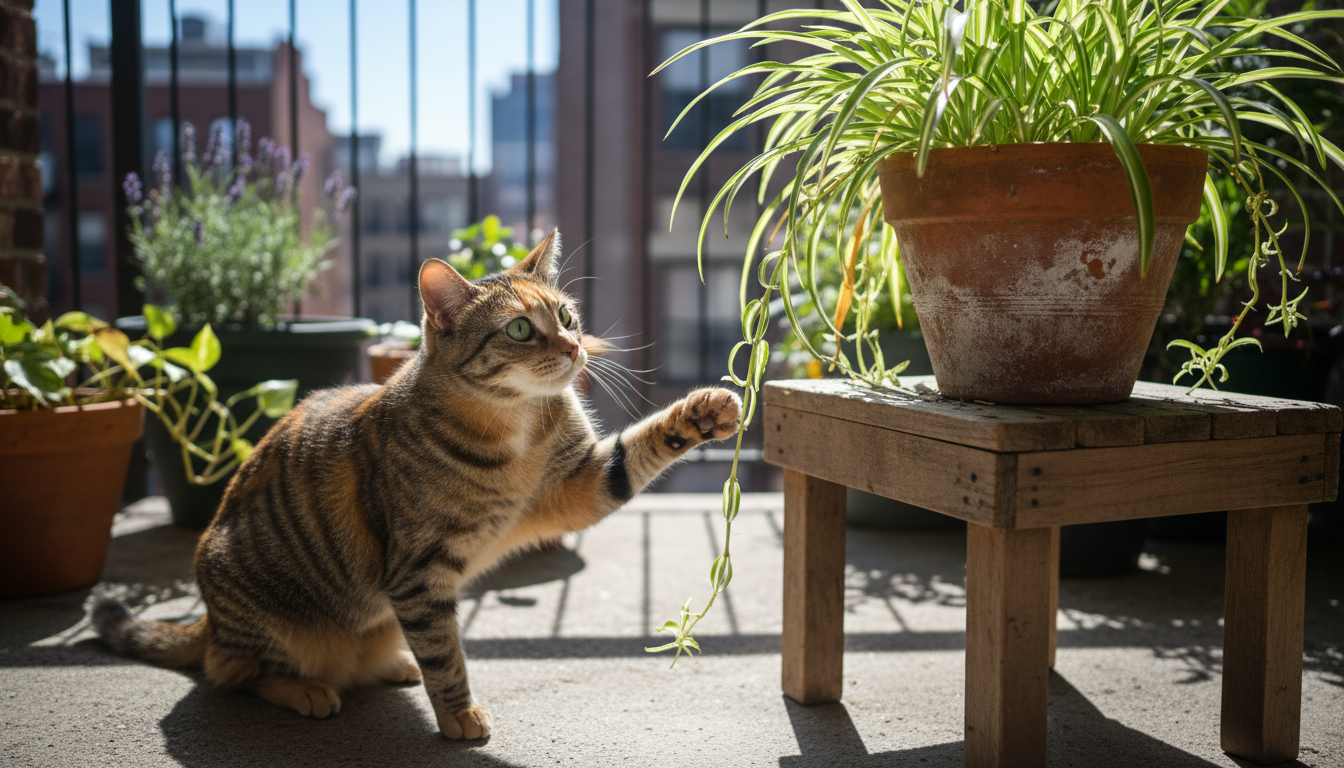
Window Orientation and Distance
Consider your window orientation to gauge light intensity:
- North-facing window: Provides consistent, gentle light, ideal for low to medium light plants.
- East-facing window: Offers gentle morning sun for a few hours. Good for medium to bright indirect light plants.
- South or West-facing window: Provides intense, hot afternoon sun. Move plants a few feet back, or use sheer curtains to diffuse the light for bright indirect conditions.
The distance from the window significantly affects light intensity. Light intensity decreases exponentially with distance. A plant 10 feet from a window receives vastly less light than one 2 feet away. You can use your hand to test light levels: if you hold your hand over a surface, and you see a crisp, defined shadow, that is bright light. A blurry, soft shadow indicates medium light. No discernible shadow suggests low light. Matching your plant’s needs to your home’s available light ensures its growth, vibrancy, and continued air-purifying capabilities. For more detailed guidance, consider consulting horticulture resources like those from Cornell Garden-Based Learning.
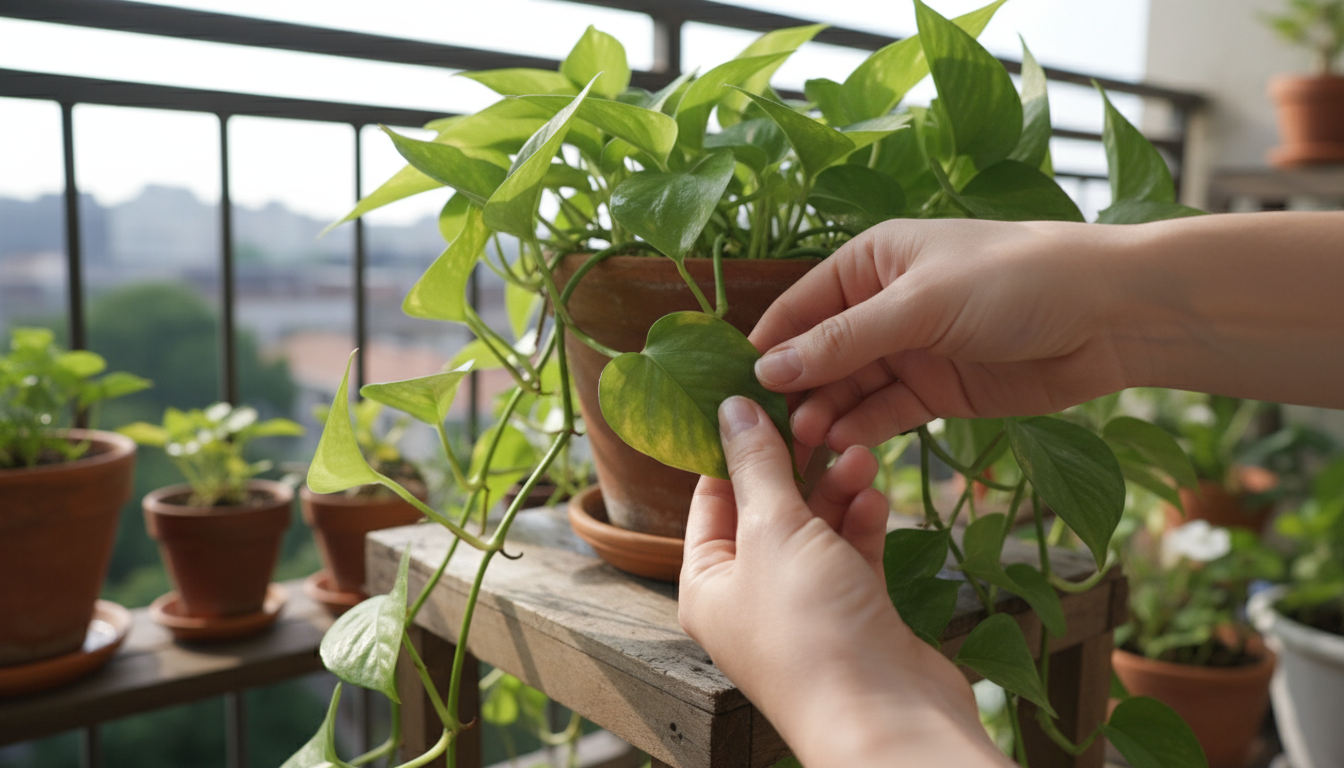
Watering Wisely: The Key to Plant Health and Air Purity
Overwatering is the number one killer of houseplants. Underwatering is easier to recover from. You need a practical, consistent watering routine to ensure your air purifying plants thrive and continue their important work. Avoid a rigid schedule; instead, learn to read your plant and its soil.
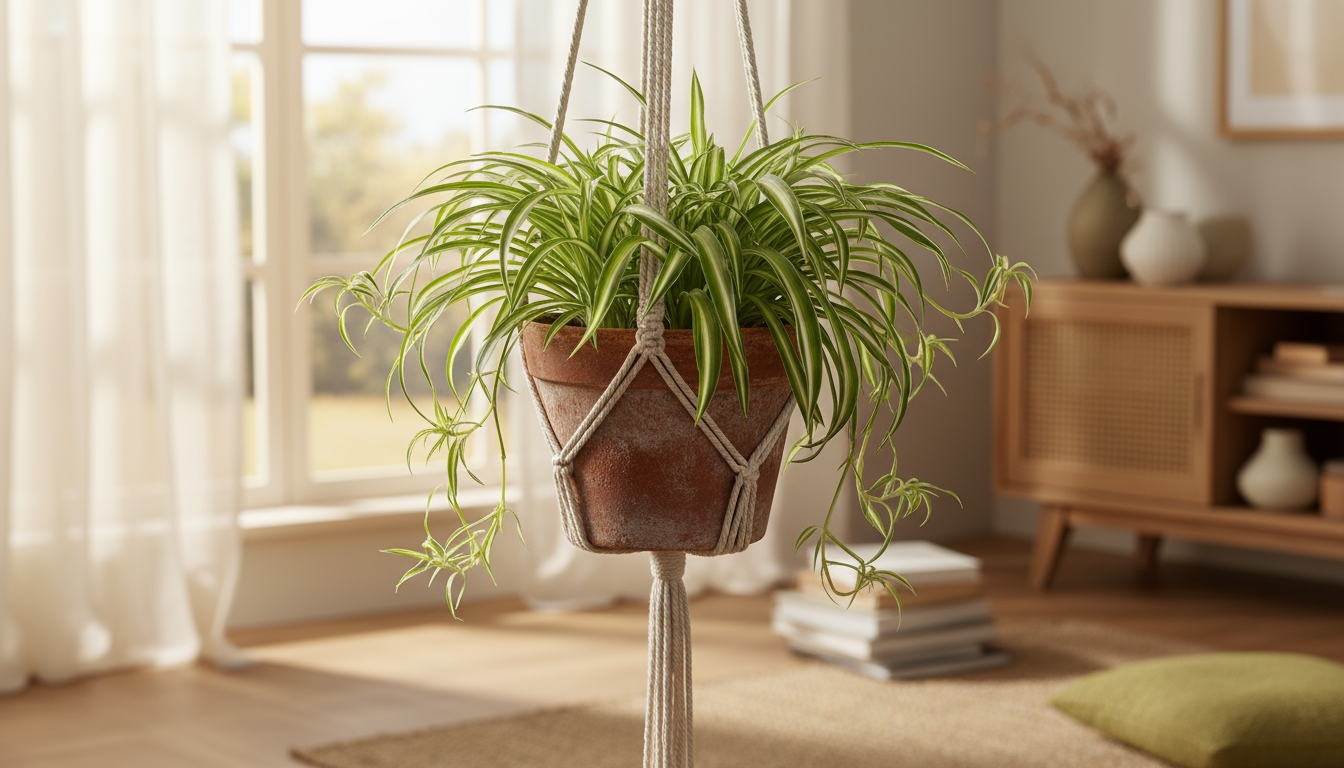
Watering Without Guesswork
- The Finger Test: Insert your finger 1-2 inches into the soil.
- If it feels dry at that depth, it is likely time to water.
- If it feels moist, wait a few more days and check again.
This method works for most plants. For succulents or ZZ plants, let the soil dry out completely, then wait even longer before watering.
- Observe Soil Moisture Cues:
- Color: Darker soil usually indicates moisture; lighter soil suggests dryness.
- Weight: Lift the pot. A dry pot feels significantly lighter than a watered one.
- Water Thoroughly: When you do water, water until it drains from the bottom of the pot. This ensures all the roots receive moisture and flushes out built-up salts. Discard any excess water in the saucer after 15-30 minutes to prevent root rot.
- Consider Self-Watering Options: For busy individuals or plants that prefer consistent moisture (like ferns), self-watering pots or wick systems provide a steady supply of water, reducing your watering frequency.
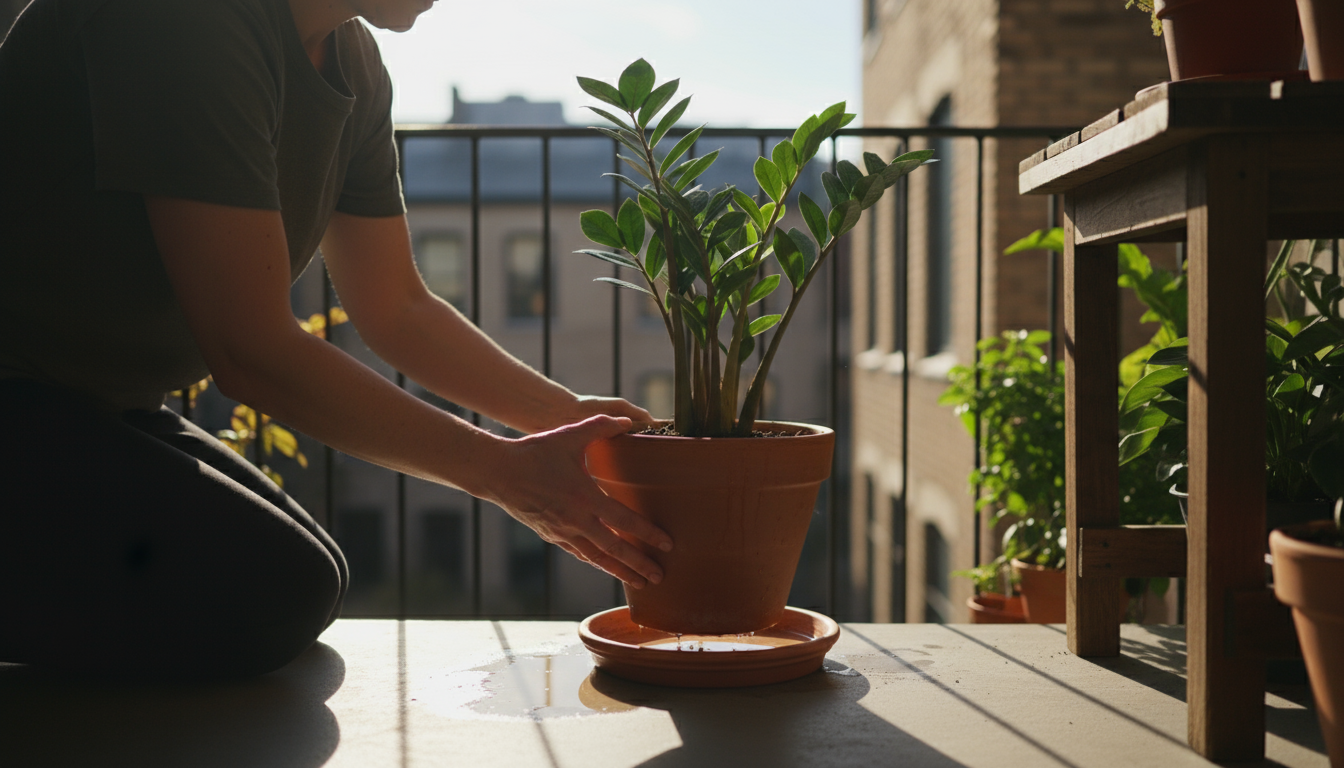
Seasonal Adjustments
Your plants’ watering needs change with the seasons. During winter, most houseplants enter a period of slower growth or dormancy. They require significantly less water. Reduce watering frequency, allowing the soil to dry out more between waterings. In summer, with increased light and warmth, plants grow more actively and need water more often. Adjust your habits accordingly. This flexible approach ensures your plants remain healthy throughout the year, actively working to improve your indoor air quality.
You can also consider using collected rainwater or filtered water if your tap water contains high levels of chlorine or other chemicals, as some plants show sensitivity to these. Allow tap water to sit out overnight to let chlorine dissipate before use.
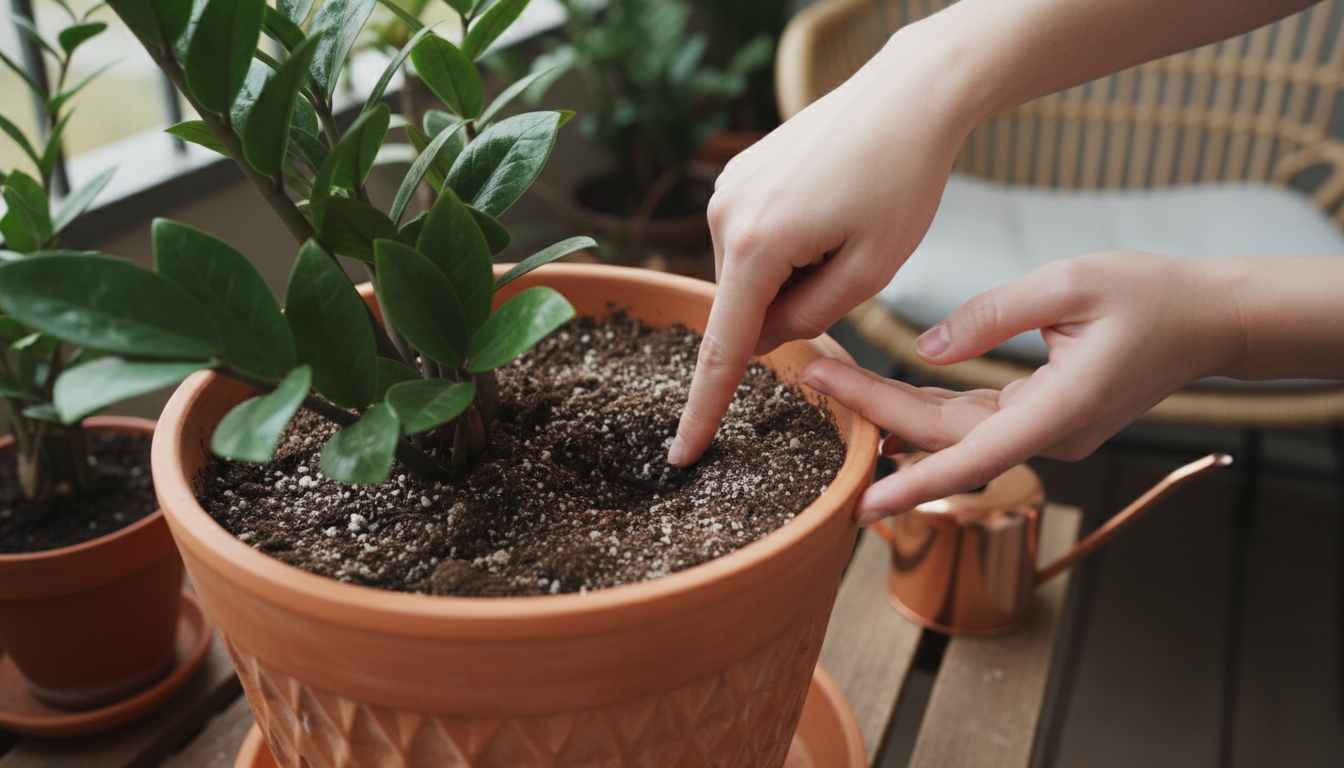
Choosing Sustainable Pots and Potting Mixes
Your choice of pot and potting mix significantly impacts your plant’s health, drainage, and your overall environmental footprint. Focus on choices that support robust plant growth and align with eco-conscious practices.
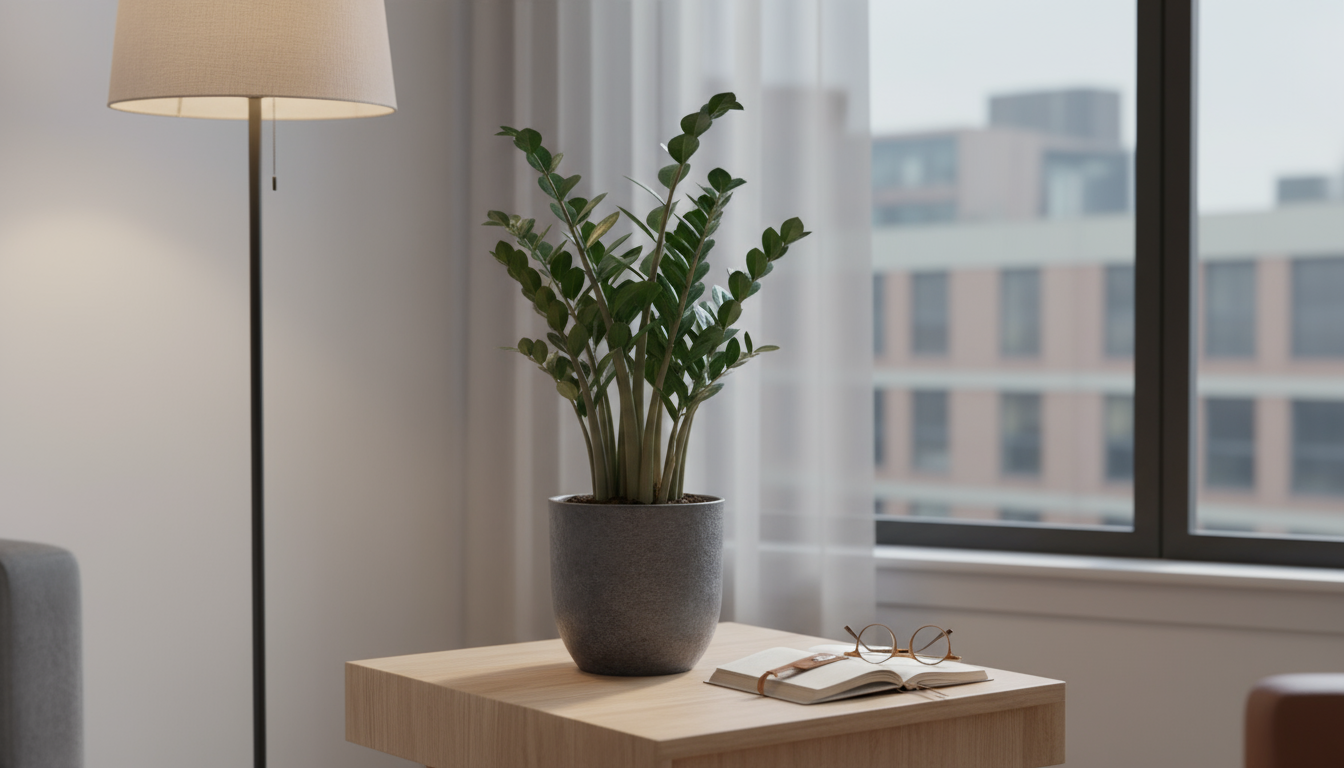
Potting Mix Matters
Most commercial potting mixes are peat-based, which raises environmental concerns due to peat harvesting’s impact on wetlands. You have excellent sustainable alternatives:
- Peat-Free Mixes: Look for mixes that use coir (coconut fiber), composted bark, rice hulls, or other sustainable materials. These alternatives often offer excellent drainage and aeration.
- Amending Your Mix: You can create a superior, custom mix.
- For most houseplants, a blend of a good quality peat-free potting mix, perlite (for aeration), and pumice (for drainage) works wonders.
- Perlite is a lightweight, volcanic glass that improves drainage and prevents compaction.
- Pumice, another volcanic rock, provides similar benefits and is often heavier, which helps stabilize taller plants.
- Aim for a mix that drains well but still retains some moisture. A common ratio is 2 parts potting mix, 1 part perlite or pumice.
- Avoid Garden Soil: Never use garden soil for potted plants. It compacts easily, lacks aeration, and may contain pests or pathogens.
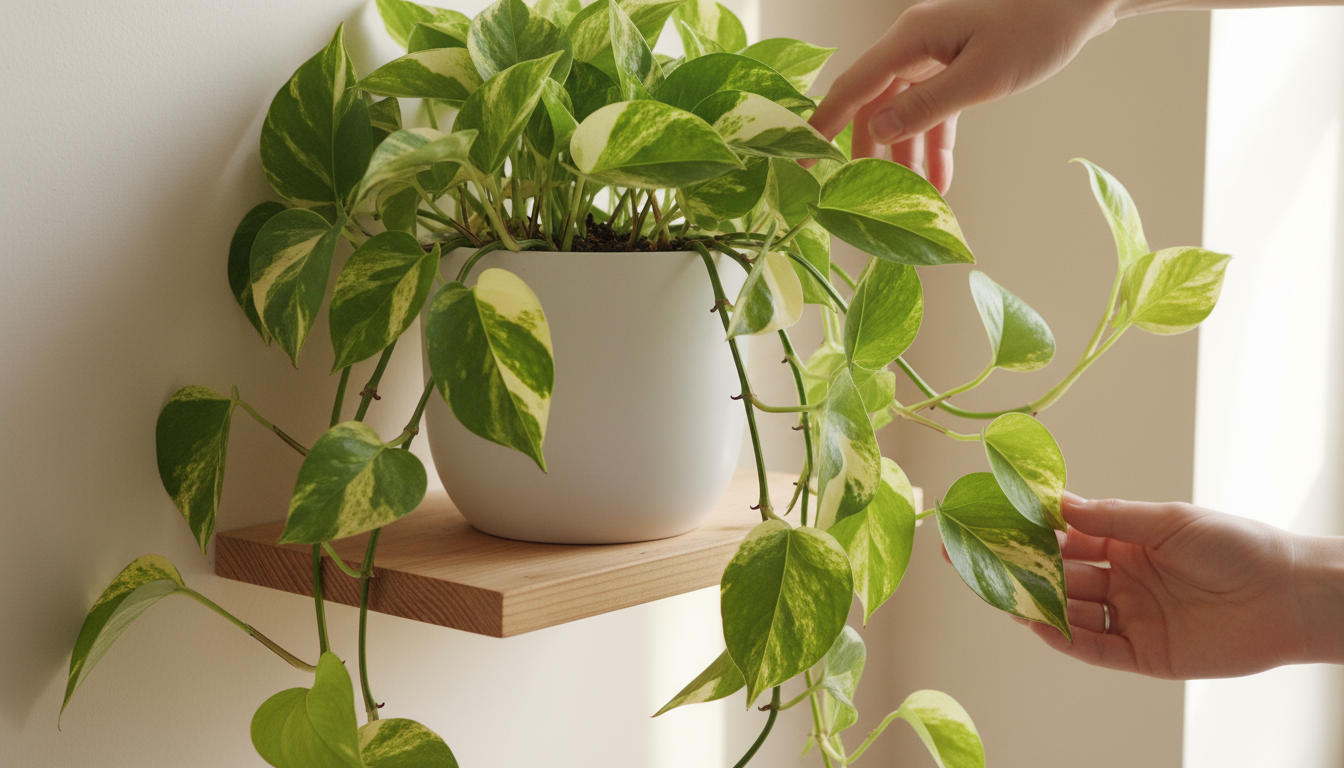
Choosing the Right Pot
Pot material affects moisture retention and breathability:
- Terracotta (Clay) Pots: These are porous, allowing air and moisture to pass through. They promote excellent aeration and prevent overwatering, as the soil dries out faster. Ideal for plants that prefer drier conditions, like Snake Plants or ZZ Plants.
- Plastic Pots: Non-porous, retaining moisture longer. Good for plants that prefer consistently moist soil, like ferns, or for those who tend to forget to water. They are lightweight and affordable.
- Ceramic Pots: Glazed ceramic pots are non-porous, similar to plastic, retaining moisture. Unglazed ceramic offers some porosity. Choose based on your plant’s needs and your watering habits.
- Drainage is Non-Negotiable: Every pot must have drainage holes. Without them, water accumulates, leading to root rot. If you love a decorative pot without holes, use it as a cachepot (a decorative cover) and place your plant in a functional pot with drainage inside it.
- Drainage Layer Myths: Do not add a layer of rocks or broken pottery at the bottom of the pot. This actually creates a “perched water table,” meaning water sits higher in the soil, increasing the risk of root rot. Good drainage comes from appropriate potting mix and drainage holes.
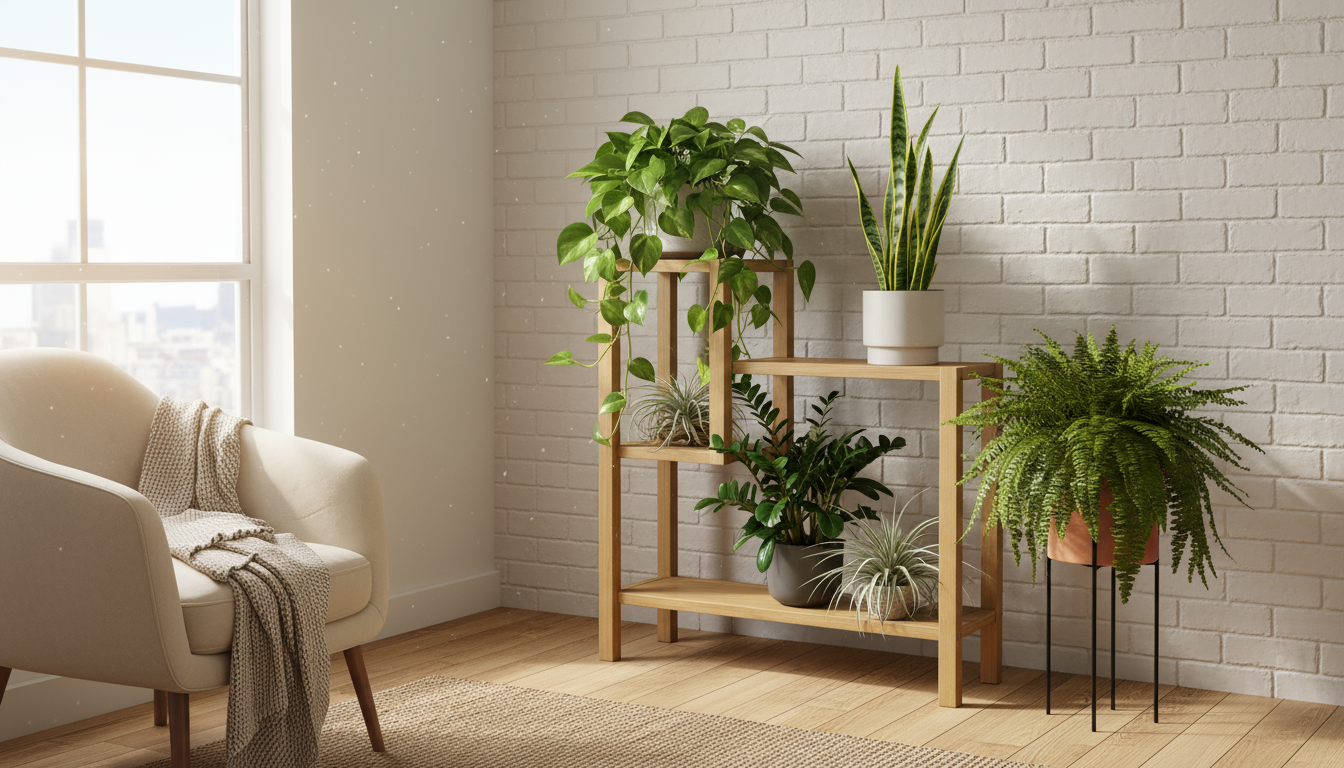
When to Repot
You usually repot a plant when it becomes “root-bound,” meaning its roots fill the pot, circling the bottom or growing out of drainage holes. Signs include slowed growth, frequent wilting despite watering, or the plant toppling over. When repotting:
- Choose a pot only one size larger (e.g., from a 6-inch to an 8-inch pot). Too large a pot holds excess moisture, increasing root rot risk.
- Gently loosen the roots if they are tightly bound.
- Add fresh, appropriate potting mix.
Repotting every 1-3 years is common for most air purifying plants, depending on their growth rate. This practice rejuvenates the plant, providing fresh nutrients and space for root expansion, ensuring its continued vitality and air-purifying capability. For further information on sustainable gardening practices, you can consult resources from UF/IFAS Gardening Solutions.
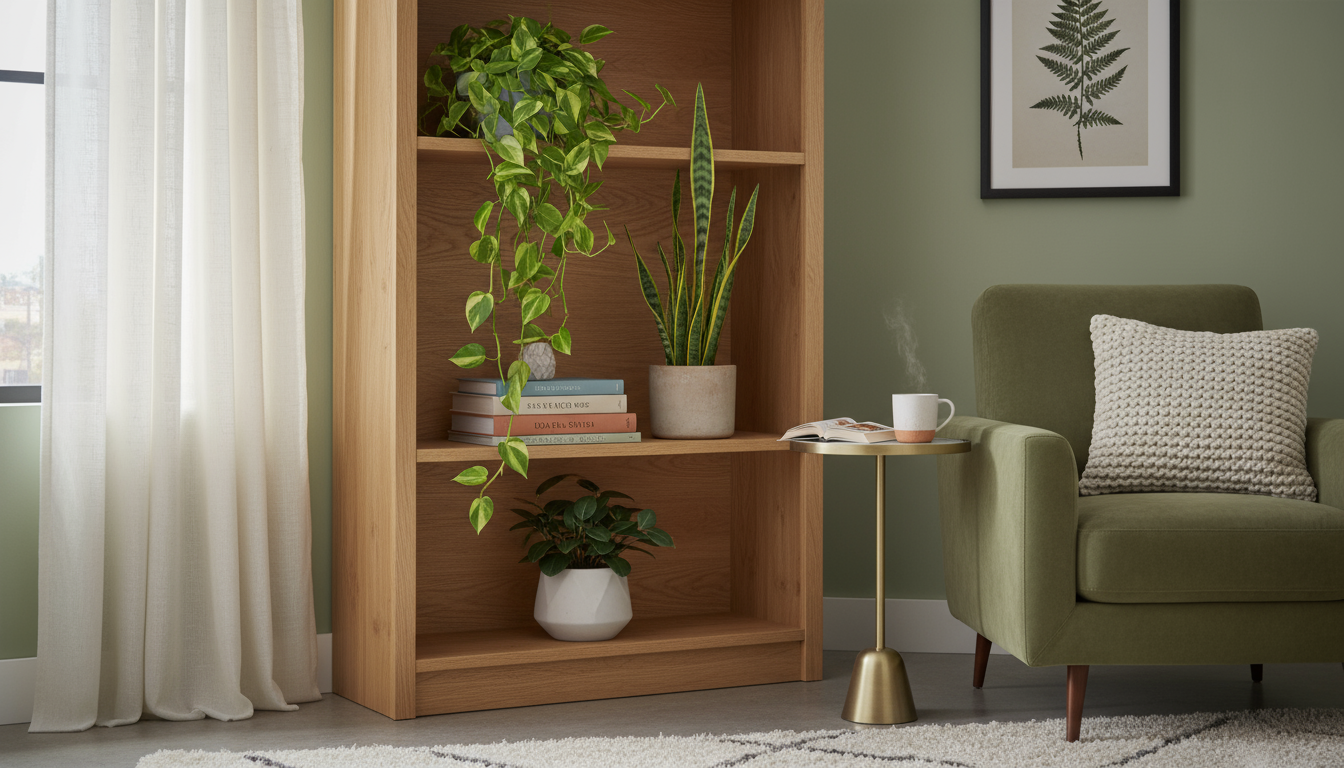
Boosting Humidity and Airflow for Thriving Plants
Many air purifying plants originate from tropical environments, meaning they appreciate higher humidity than the average home provides. Good airflow also prevents common plant issues. You can provide these conditions without special equipment.
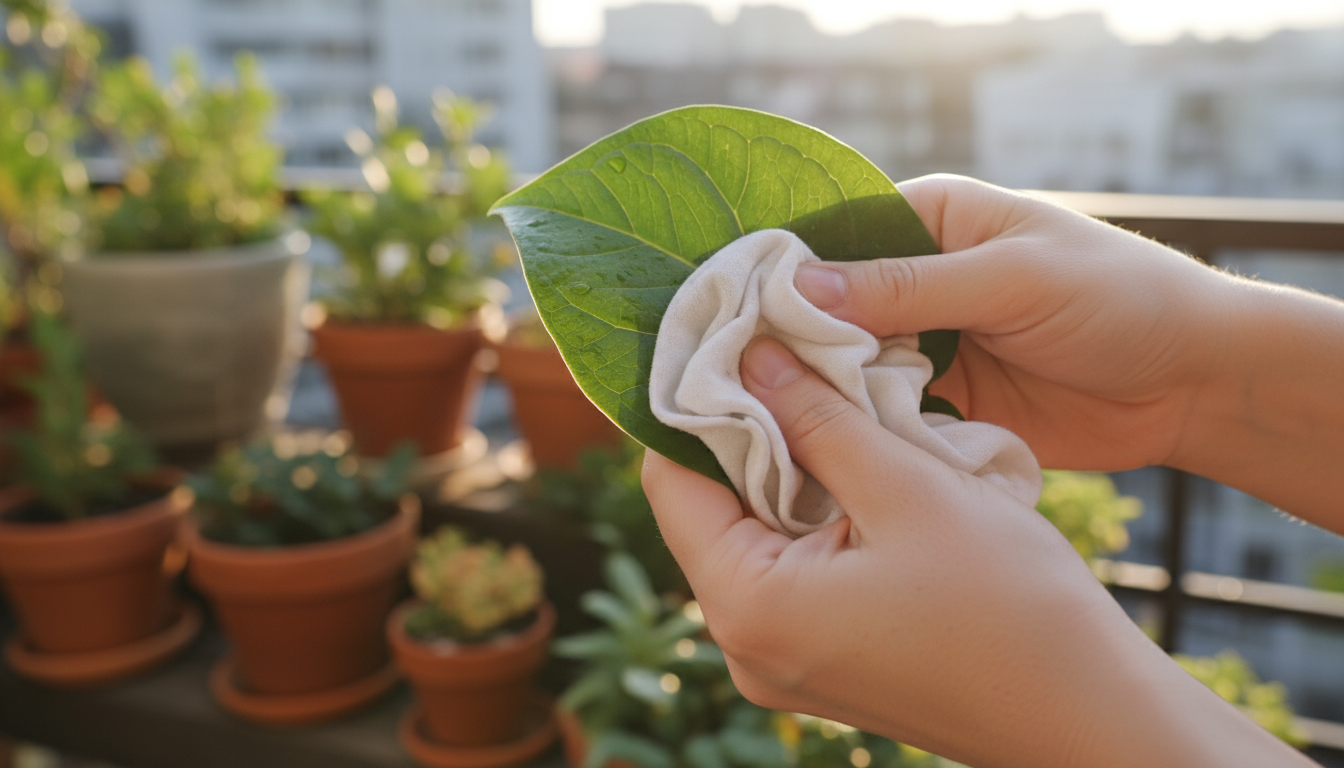
Practical Humidity Boosts
- Grouping Plants: Plants naturally release moisture through transpiration. Grouping several plants together creates a microclimate with higher humidity levels. This simple act benefits all the plants in the cluster.
- Pebble Trays: Place a layer of pebbles in a tray and add water until it is just below the top of the pebbles. Set your potted plant on top of the pebbles, ensuring the pot does not sit directly in the water. As the water evaporates, it increases humidity around the plant.
- Regular Misting: While misting provides only a temporary boost, a daily or every-other-day misting can benefit humidity-loving plants like ferns. Use fine mist and avoid soaking the leaves, which can lead to fungal issues.
- Bathroom Placement: If you have a bright bathroom, it often provides higher humidity from showers, making it an ideal spot for plants like Boston Ferns or Peace Lilies.
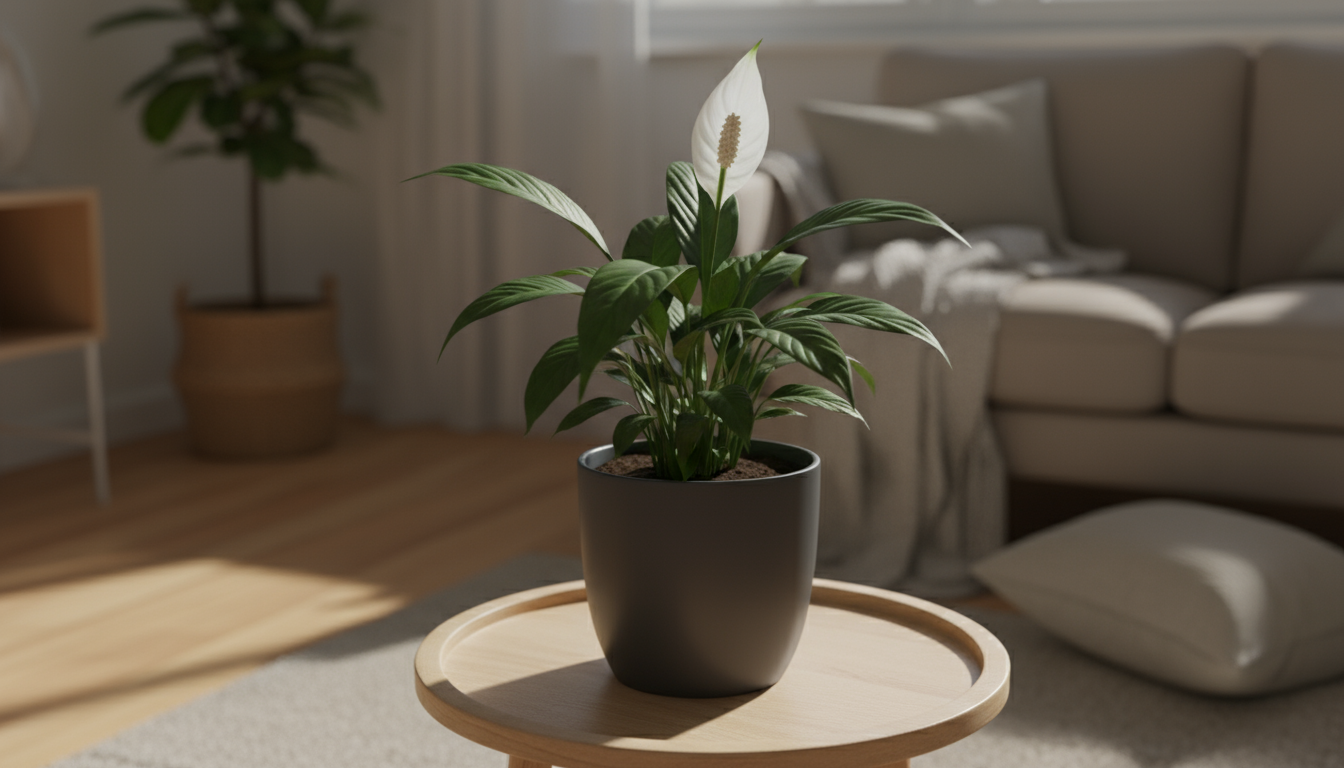
* Imagine this airy oasis bringing a breath of fresh greenery to your urban retreat!
* That feeling when your balcony garden is just right, catching the perfect breeze.
* Creating your own slice of calm, one well-placed pot at a time.
The Importance of Airflow
Good airflow is crucial for preventing fungal diseases and discouraging pests. Stagnant air allows mold spores and pests to settle and multiply. You can improve airflow easily:
- Provide Space: Do not cram plants too close together. Allow some space between them for air to circulate.
- Open Windows (Seasonally): During temperate weather, open windows periodically to introduce fresh air. This exchange helps reduce indoor pollutants and improves overall air movement.
- Use a Fan (Carefully): If you notice stagnant air, a small oscillating fan on a low setting, placed a few feet from your plants, can gently move the air. Avoid directly blasting plants with strong drafts.
By implementing these simple strategies, you create an environment where your air purifying plants not only survive but truly thrive, enhancing their ability to clean your indoor air effectively. These low-effort routines make maintaining a healthy plant collection achievable in any small space.
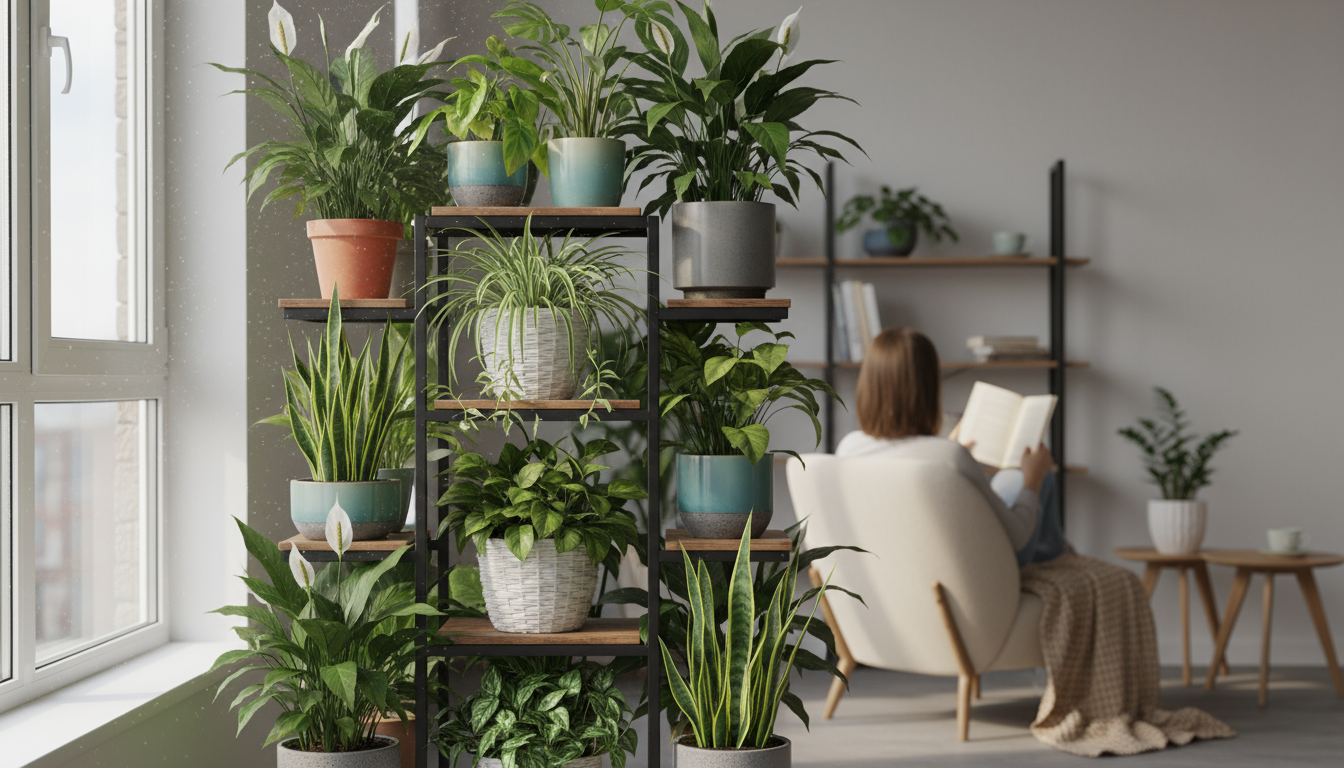
Troubleshooting and Maintaining Your Healthy Plant Collection
Even the easiest air purifying plants sometimes show signs of distress. Learning to read these signals and apply simple solutions ensures your plants remain healthy and continue to purify your home’s air. You can address most common issues with minimal effort.
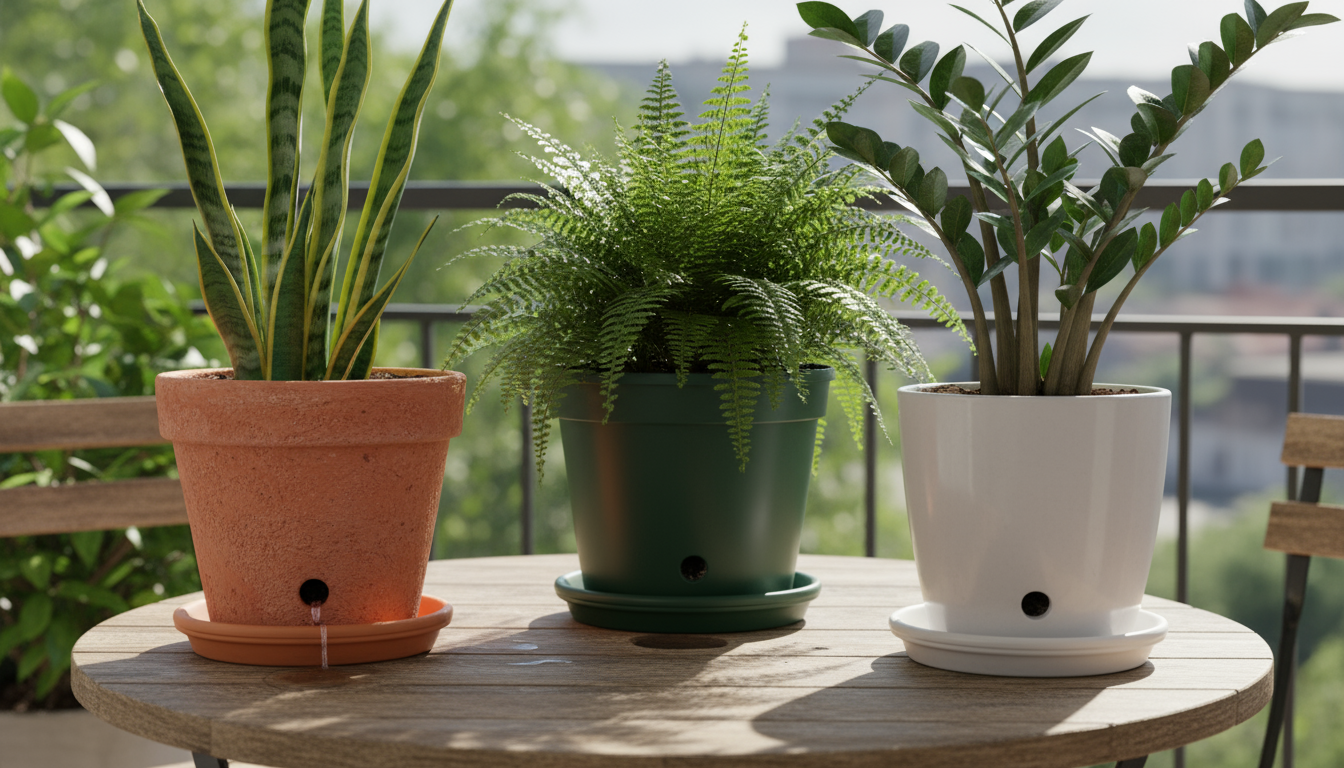
Common Plant Problems and Solutions
| Symptom | Likely Cause | Actionable Solution |
|---|---|---|
| Yellow Leaves | Overwatering, nutrient deficiency, natural shedding of old leaves. | Check soil moisture with the finger test; adjust watering frequency. Ensure proper drainage. Fertilize with a balanced liquid fertilizer during growing season (spring/summer). |
| Brown/Crispy Leaf Tips | Low humidity, underwatering, fluoride/salt buildup in water. | Increase humidity (group plants, pebble tray). Water thoroughly. Consider filtered water or letting tap water sit overnight. |
| Drooping/Wilting | Underwatering (leaves soft), overwatering (leaves soft, yellow), root rot. | If soil is dry: Water thoroughly. If soil is wet: Suspect overwatering/root rot. Check roots for mushiness; repot in fresh, well-draining soil if rot is present. |
| Slowed or Stunted Growth | Lack of light, nutrient deficiency, pot-bound, dormancy. | Move to a brighter location. Fertilize during growing season. Repot if root-bound. Growth naturally slows in winter. |
| Leggy Growth | Insufficient light. | Move the plant to a brighter location. Prune back leggy stems to encourage bushier growth. |
| Fungus Gnats | Overwatering, consistently moist topsoil, peat-based soil mixes. | Allow the top 1-2 inches of soil to dry out completely between waterings. Use sticky traps. Consider applying a layer of sand or diatomaceous earth to the soil surface. |
| Spider Mites | Low humidity, dry conditions. Tiny webs and specks on leaves. | Increase humidity. Isolate affected plant. Wipe leaves with a damp cloth. Use insecticidal soap. |
| Mealybugs/Aphids | Visible cottony masses (mealybugs) or small green/black insects (aphids). | Wipe off with alcohol-soaked cotton swab. Spray with insecticidal soap. Isolate plant. |
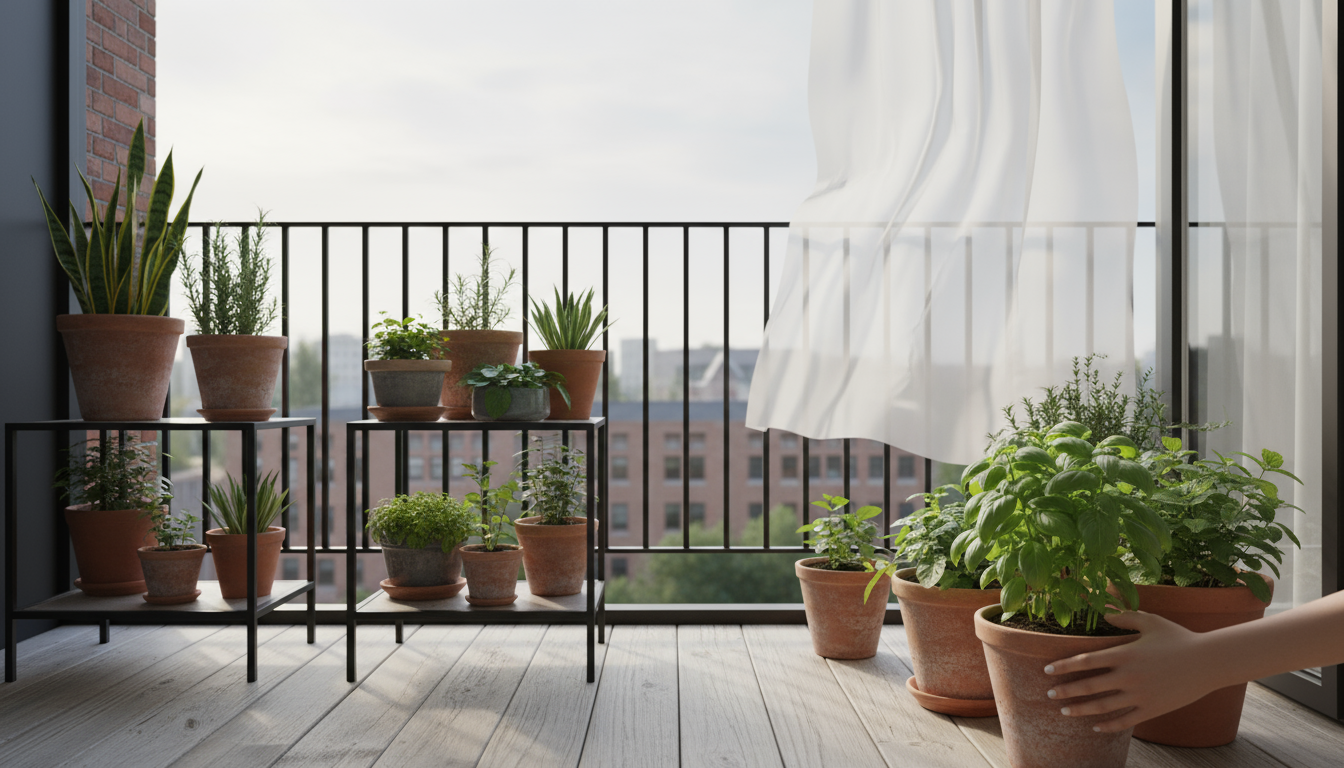
Integrated Pest Management (IPM) Basics
You can manage pests effectively and sustainably without resorting to harsh chemicals. IPM emphasizes prevention and observation:
- Inspect Regularly: Routinely check your plants, especially the undersides of leaves, for early signs of pests. Catching infestations early makes them easier to manage.
- Quarantine New Plants: Always keep new plants separate from your existing collection for a few weeks to ensure they are pest-free.
- Physical Removal: For small infestations, simply wipe pests off with a damp cloth or cotton swab dipped in rubbing alcohol. You can also rinse plants under a gentle stream of water.
- Insecticidal Soaps: For more persistent pests, use an insecticidal soap or neem oil spray. These organic options are safer for you and your plants. Follow product instructions carefully.
- Promote Plant Health: Healthy, thriving plants are more resistant to pests and diseases. Proper light, water, and humidity are your best defense.
By addressing these issues proactively and using sustainable practices, you maintain a robust collection of air purifying plants that continue to enhance your indoor air quality. You will feel empowered to keep your plants happy and healthy. For more insights on plant health and pest management, you can refer to resources like those provided by Oregon State Extension — Gardening.
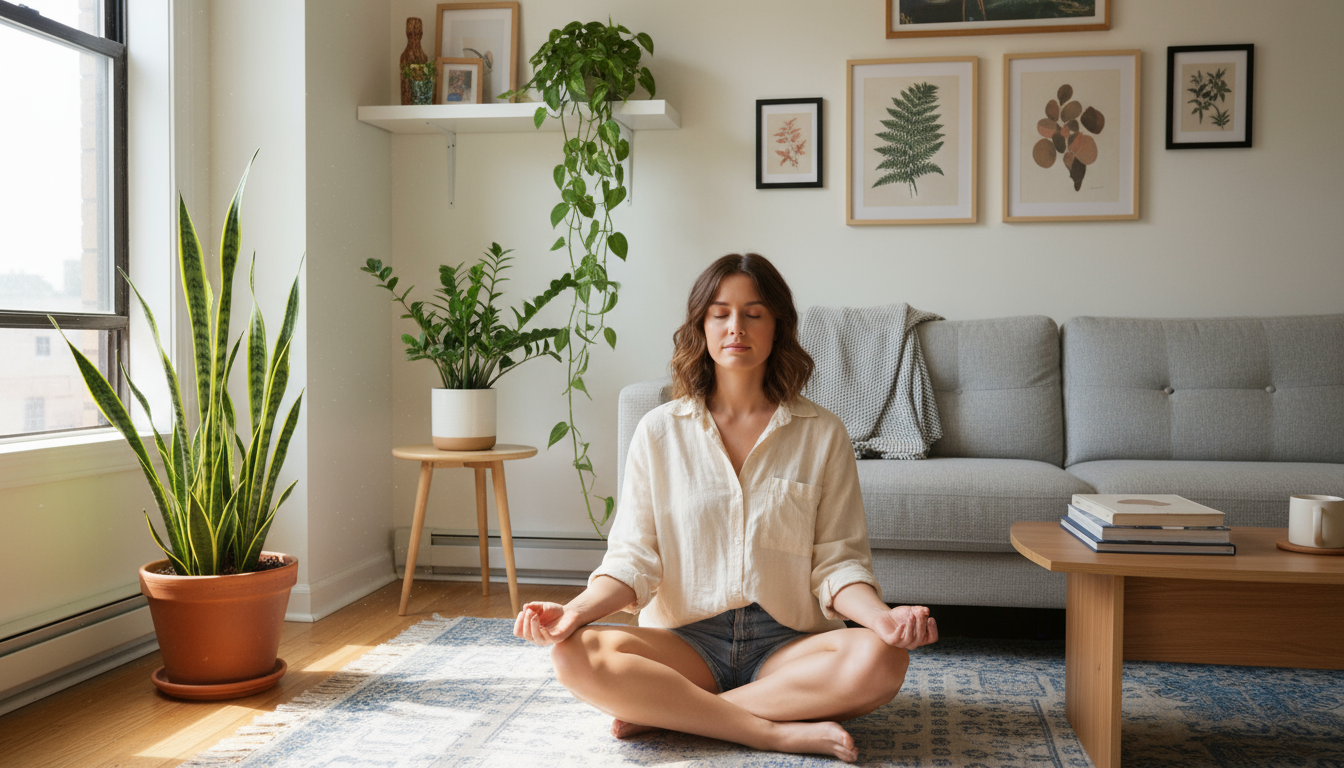
Styling Your Home with Air-Purifying Plants
Integrating air purifying plants into your small space elevates your decor while providing tangible health benefits. You can style your home creatively, making the most of every corner and ensuring your plants thrive. Consider both aesthetics and your plant’s specific needs.
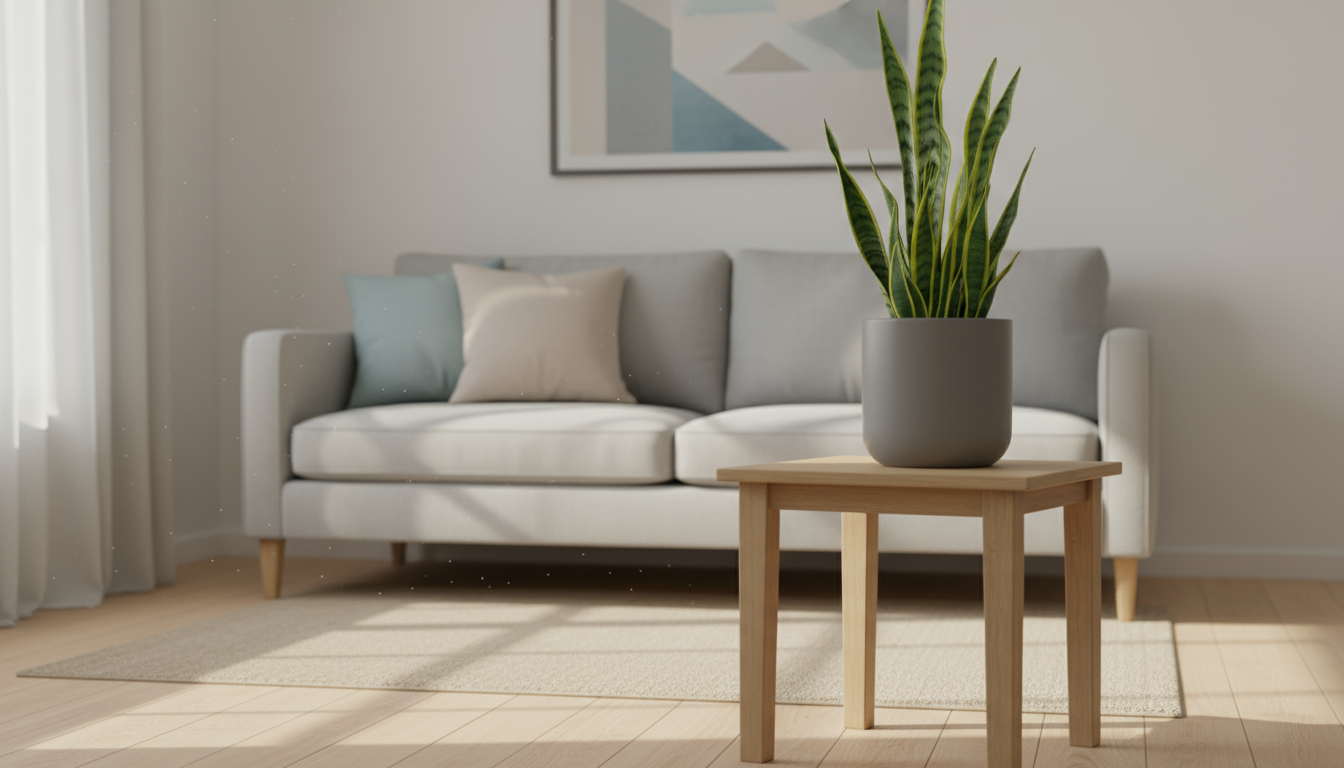
Strategic Placement for Small Spaces
- Shelves and Bookcases: Utilize vertical space. Place trailing plants like Pothos on upper shelves to cascade down, or upright Snake Plants and ZZ Plants on lower shelves. This adds green without occupying precious floor space.
- Hanging Baskets: Excellent for maximizing vertical room. Spider Plants and Boston Ferns thrive in hanging baskets, creating a lush, airy feel. Ensure they are hung securely and have good drainage to avoid drips.
- Plant Stands and Pedestals: Elevate smaller plants to eye level or use them to fill empty corners. This adds visual interest and prevents plants from getting lost in clutter.
- Groupings: Cluster plants together on a tray or small table. This not only looks aesthetically pleasing but also creates a microclimate, boosting humidity for the plants. Vary plant heights and textures for a dynamic display.
- Windowsills: Ideal for plants that love bright indirect light, provided your windows are not south or west-facing with intense direct sun. Use sheer curtains to protect plants if necessary.
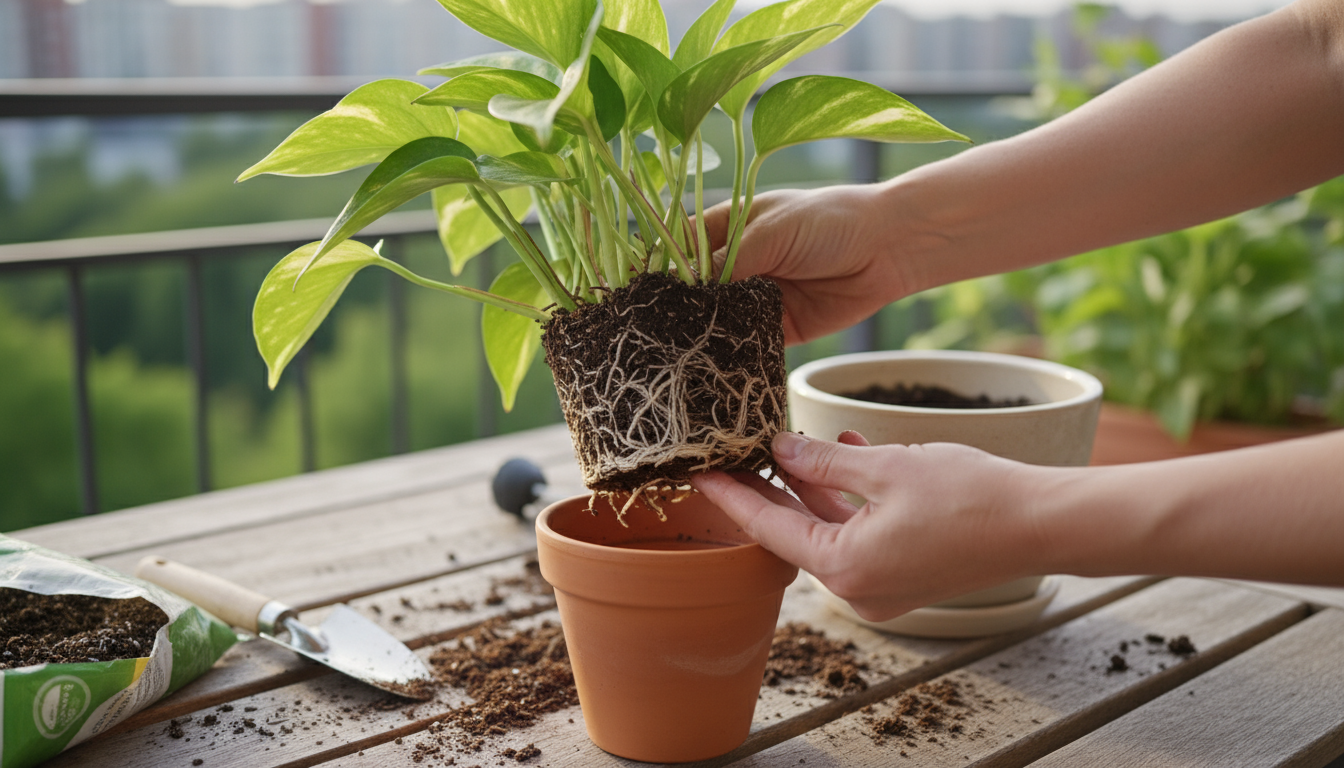
Pet-Safe Choices
If you share your home with furry friends, choosing non-toxic air purifying plants is a top priority. While most plants offer benefits, some are irritating if ingested. Always check the ASPCA plant list or similar reputable sources for specific plant toxicity. Here are some excellent pet-safe air purifying plants:
- Spider Plant (Chlorophytum comosum): Non-toxic to cats and dogs. Its “spiderettes” are often a favorite toy for curious pets.
- Boston Fern (Nephrolepis exaltata): Non-toxic to cats and dogs. Provides a lush, green presence.
- Areca Palm (Dypsis lutescens): Non-toxic to cats and dogs. A beautiful, larger plant if you have the space for it.
- Prayer Plant (Maranta leuconeura): Non-toxic to cats and dogs. Features beautiful patterned leaves and a unique habit of folding its leaves at night.
Always place any plant, even a non-toxic one, out of reach if your pet tends to chew on foliage. High shelves, hanging baskets, or enclosed terrariums offer good solutions. By thoughtfully integrating air purifying plants, you create a harmonious, healthy, and stylish living environment that benefits both you and your loved ones, including your pets. You can create a visually appealing home that feels fresh and vibrant.
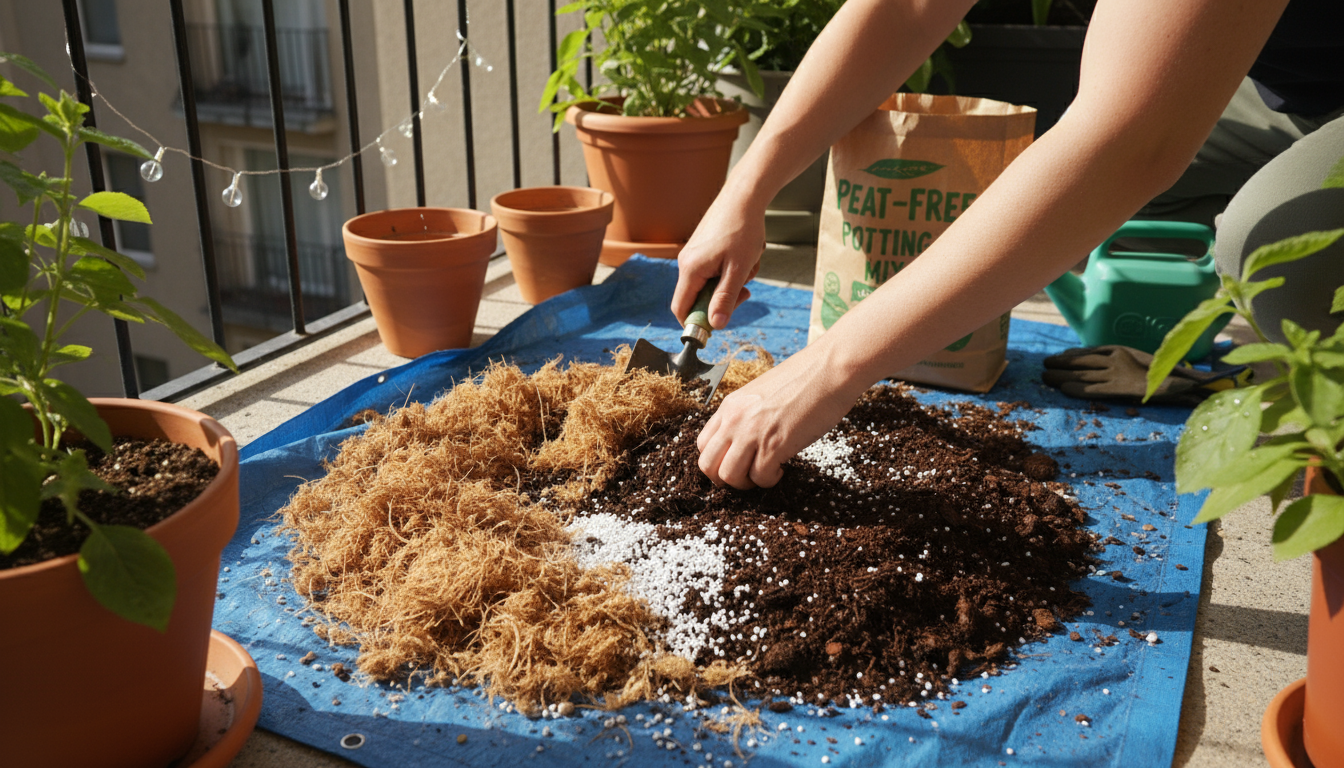
Frequently Asked Questions
How many air purifying plants do I need for my apartment?
While there is no exact number, a good rule of thumb is 2-3 medium-sized plants (6-8 inch pots) per 100 square feet of living space. More plants offer greater air purification benefits. Focus on a collection of plants that thrive in your specific light conditions and that you enjoy caring for. A few healthy plants are always better than many struggling ones.
Do air purifying plants actually make a noticeable difference in indoor air quality?
Yes, they do. While a single plant will not purify a large room on its own, a collection of plants, especially those known for their air-purifying capabilities, actively remove VOCs and improve overall indoor air quality. NASA’s Clean Air Study provided strong evidence of this. You will notice a fresher, more vibrant feel in your home. Their combined efforts contribute significantly to a healthier living environment.
Are air purifying plants safe for pets?
Some air purifying plants are toxic if ingested by pets, while others are completely safe. Always check the toxicity of specific plants before bringing them into a pet-friendly home. Pet-safe options include Spider Plants, Boston Ferns, Areca Palms, and Prayer Plants. You can consult resources like the ASPCA’s plant list for definitive information. Place any plant out of reach if your pet is a known plant chewer, regardless of its toxicity level.
How often should I fertilize my air purifying plants?
Most houseplants benefit from fertilization only during their active growing season, typically spring and summer. Reduce or stop fertilizing during fall and winter when growth slows. Use a balanced liquid houseplant fertilizer diluted to half strength, applying it every 2-4 weeks. Over-fertilizing can burn roots and cause more harm than good. Always follow product instructions carefully.
What is the most common mistake people make with air purifying plants?
The most common mistake is overwatering. Many beginners water too frequently, leading to root rot. Learn to check the soil moisture with your finger before watering, and adjust your frequency based on the plant’s needs and environmental conditions. Always ensure your pots have proper drainage holes, and discard excess water from saucers. Preventing root rot is key to long-term plant health.
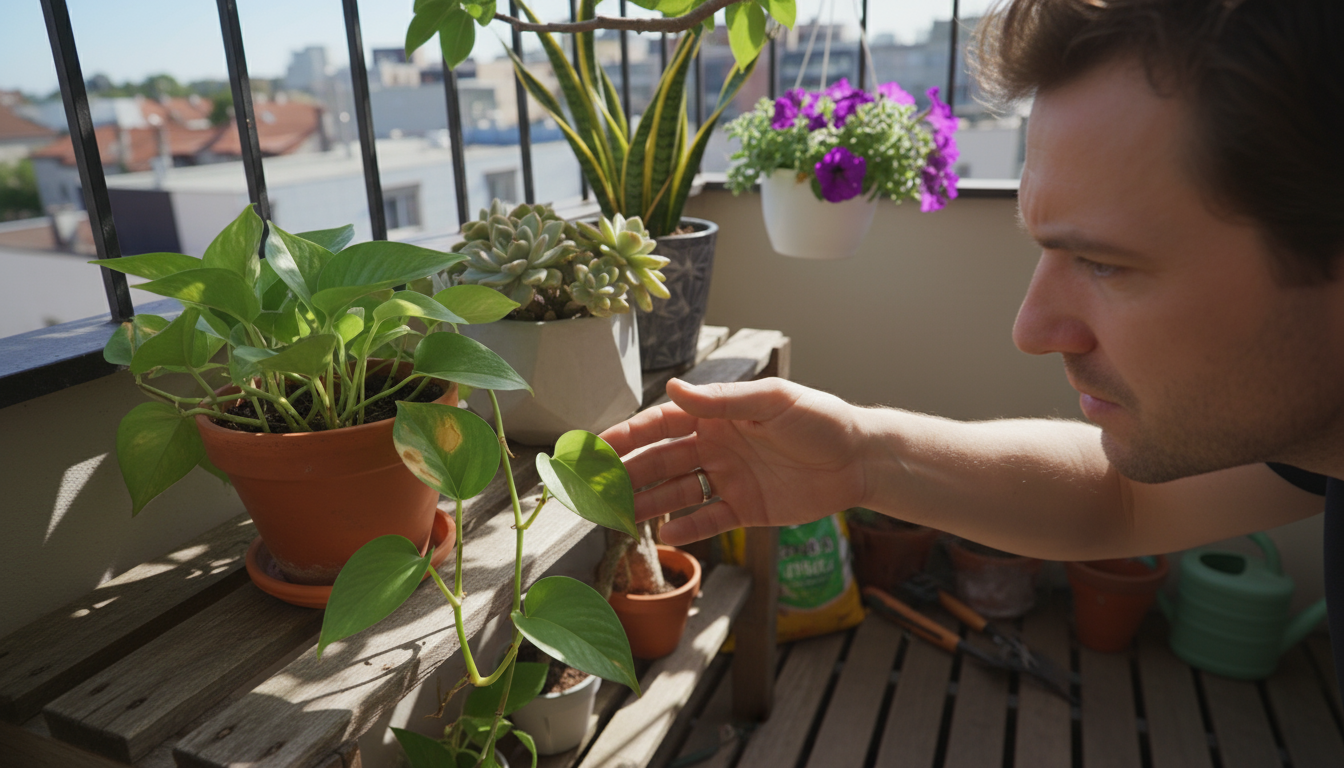









Leave a Reply